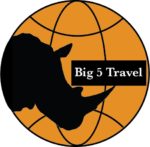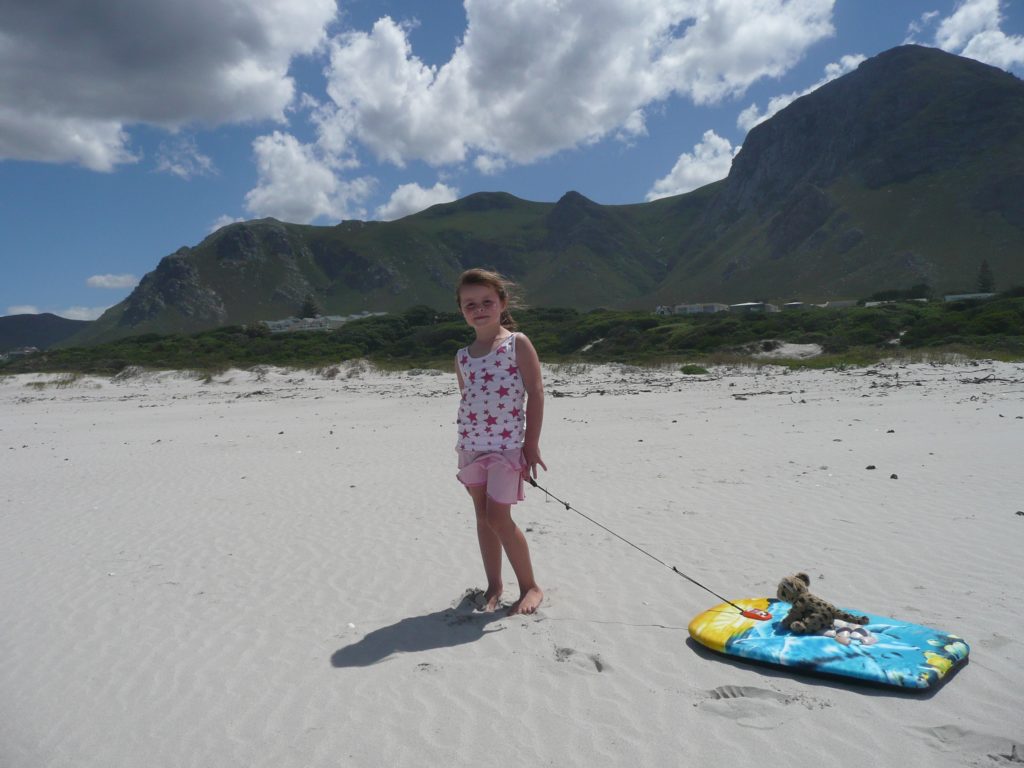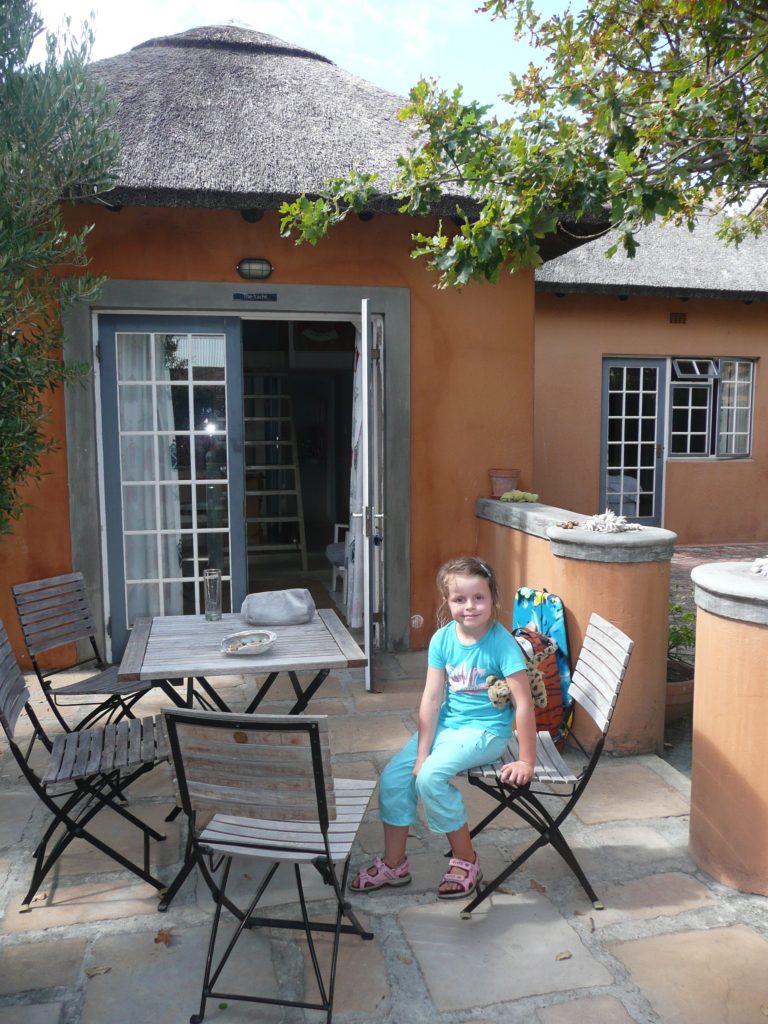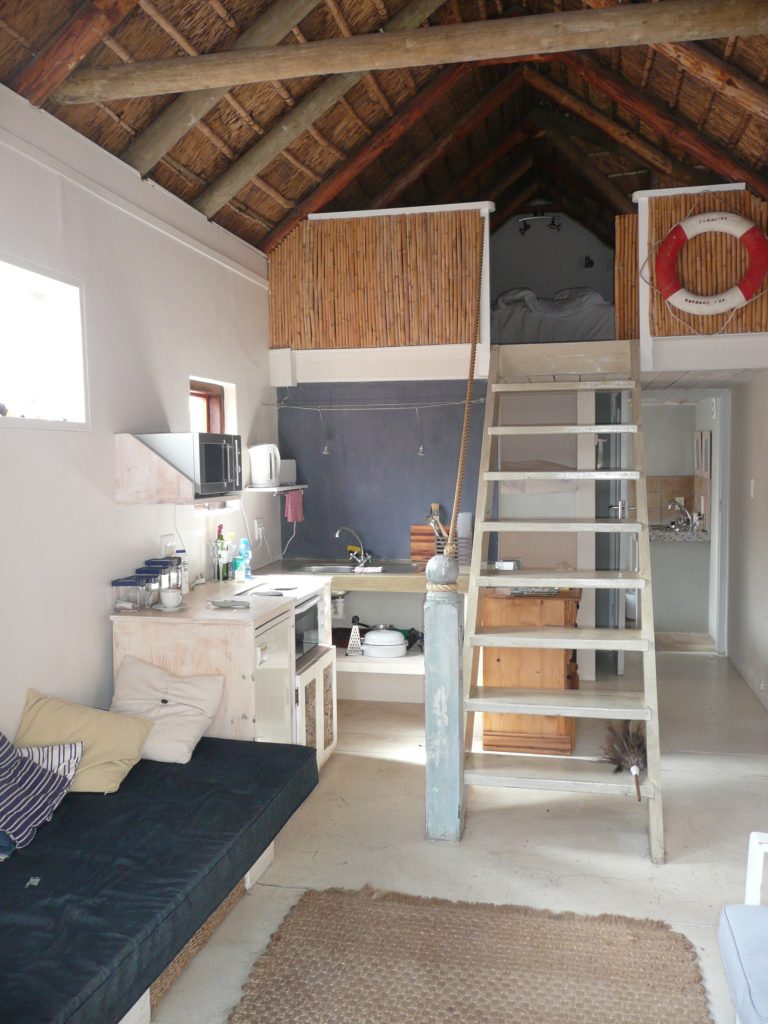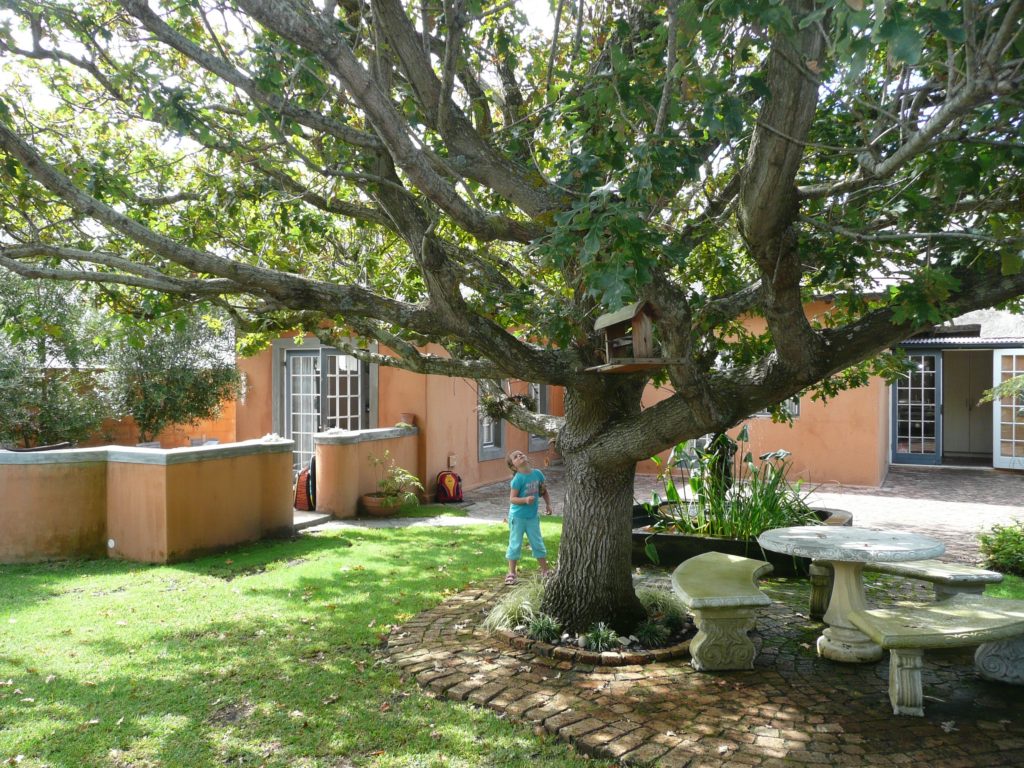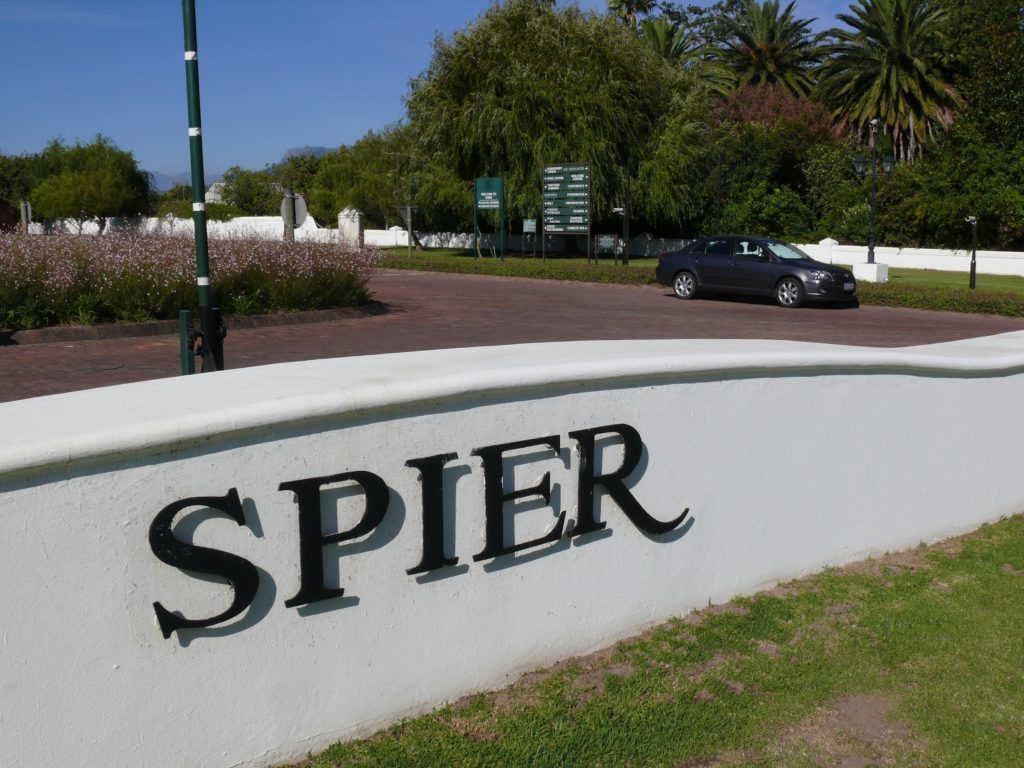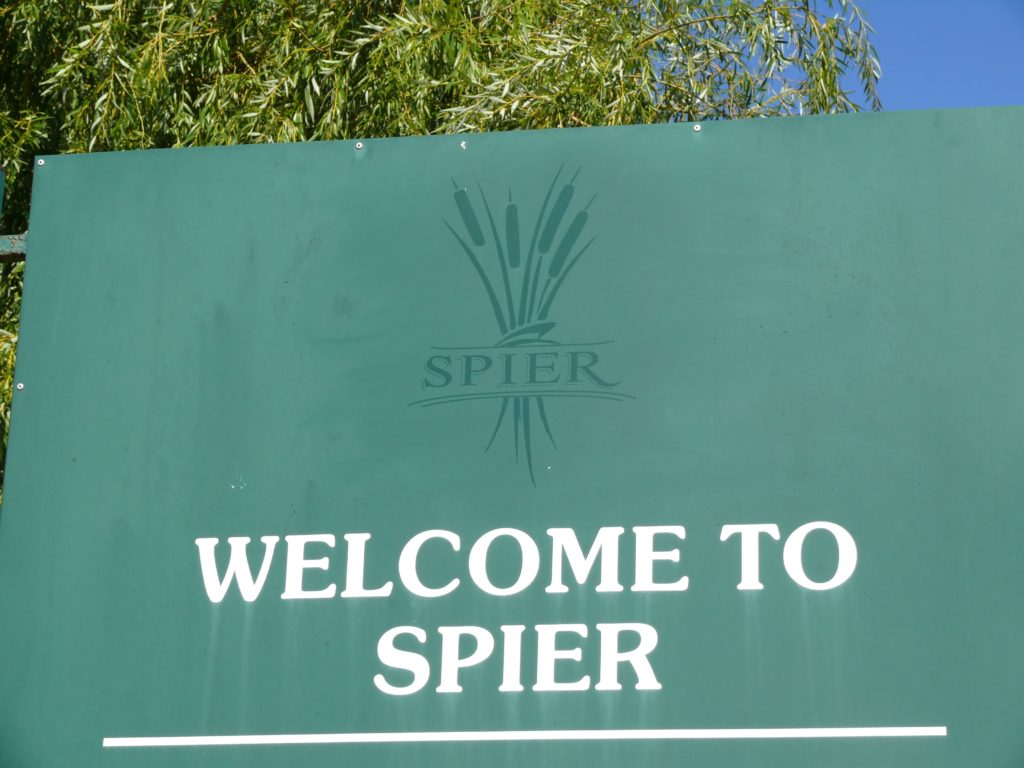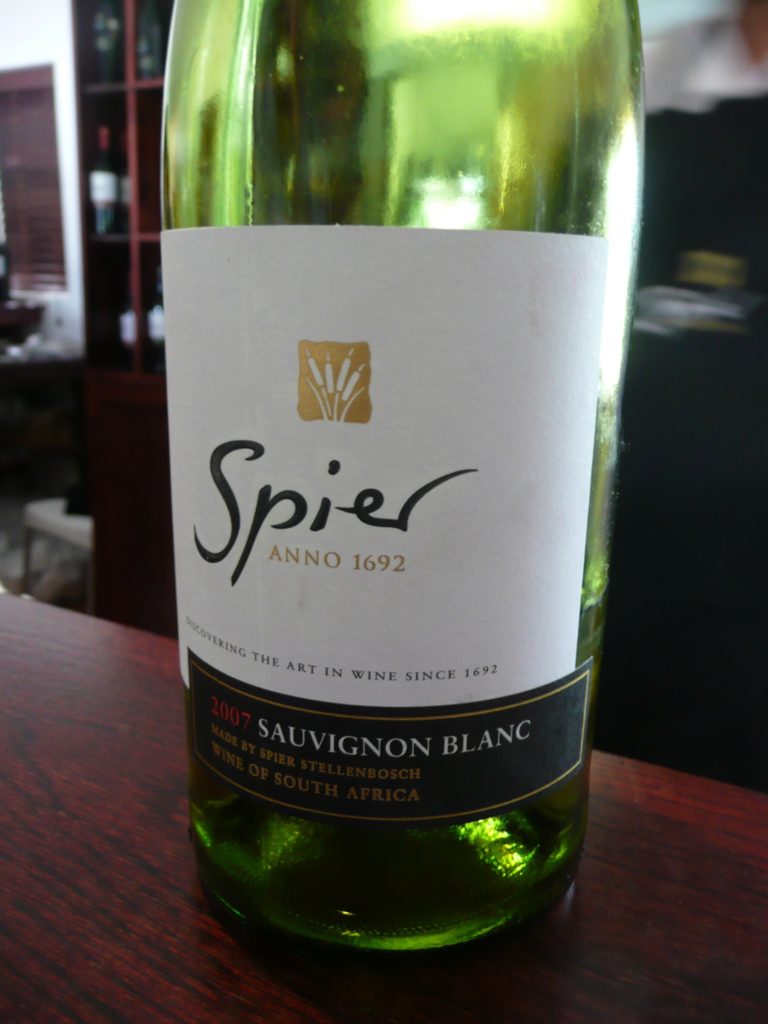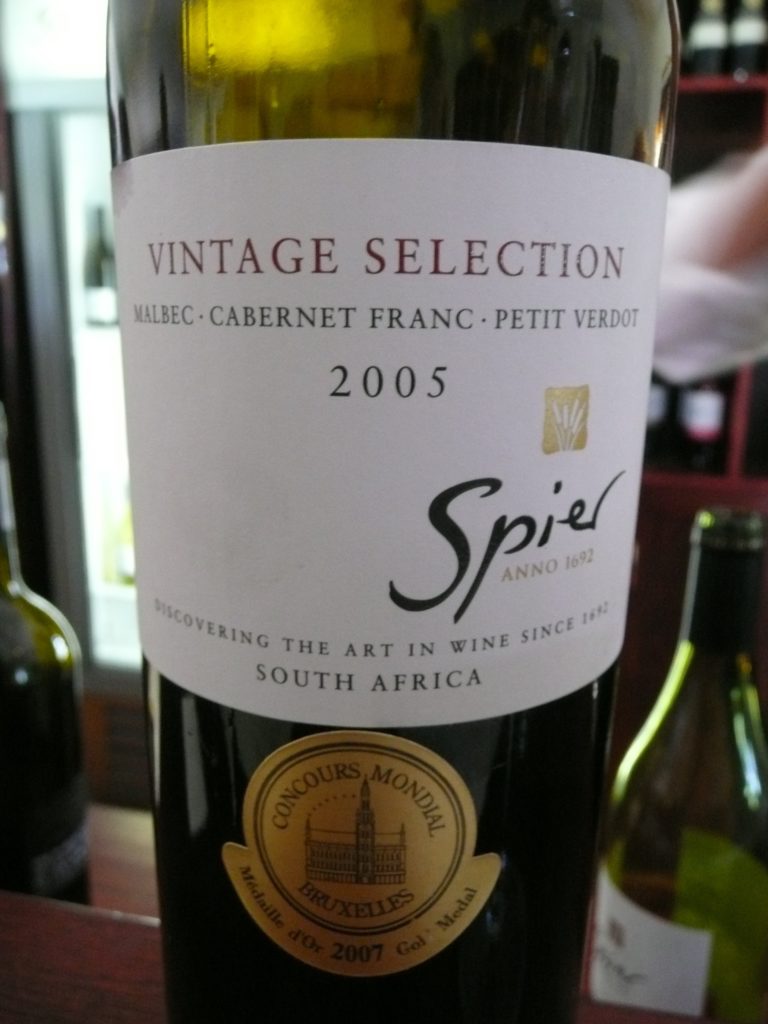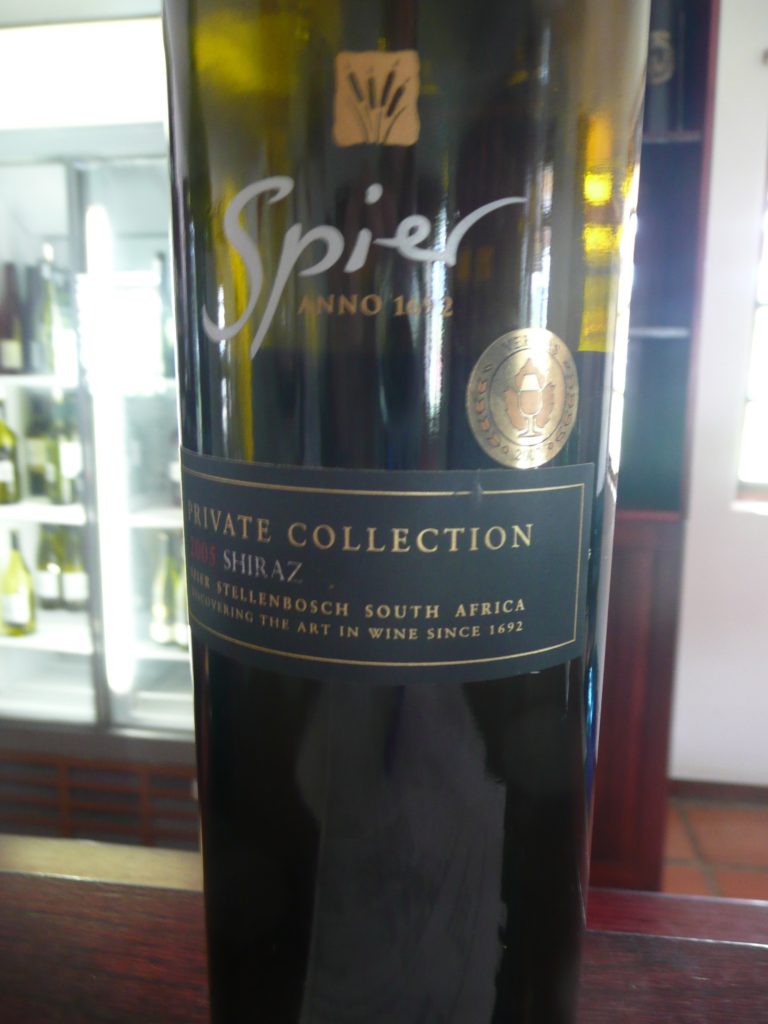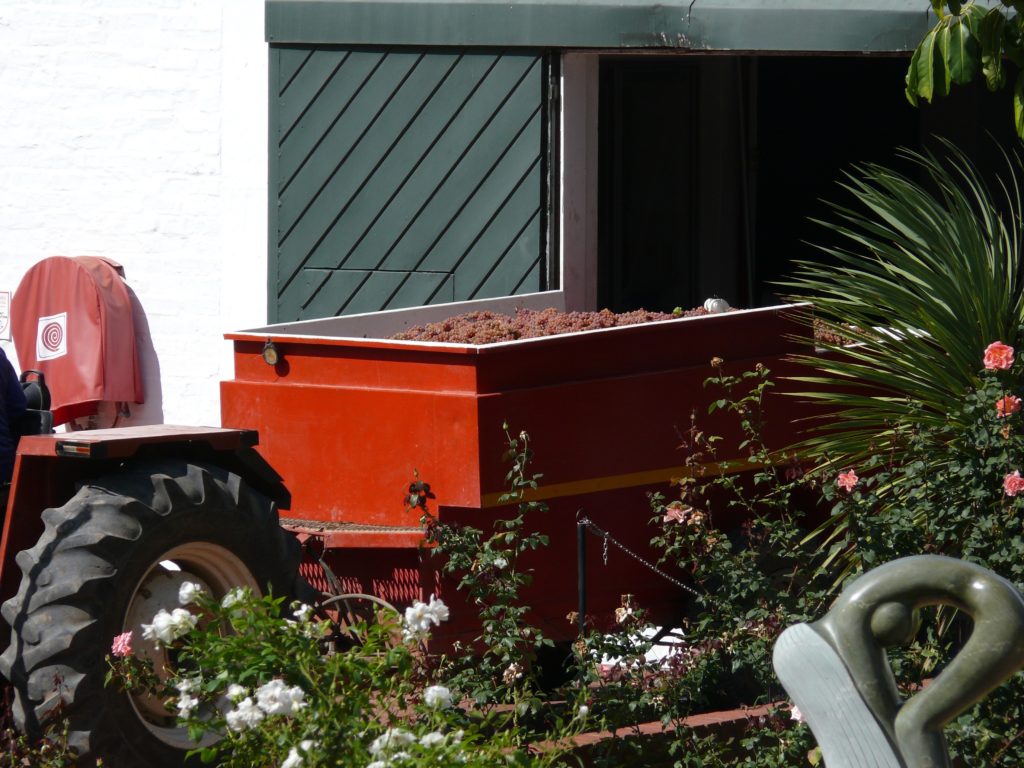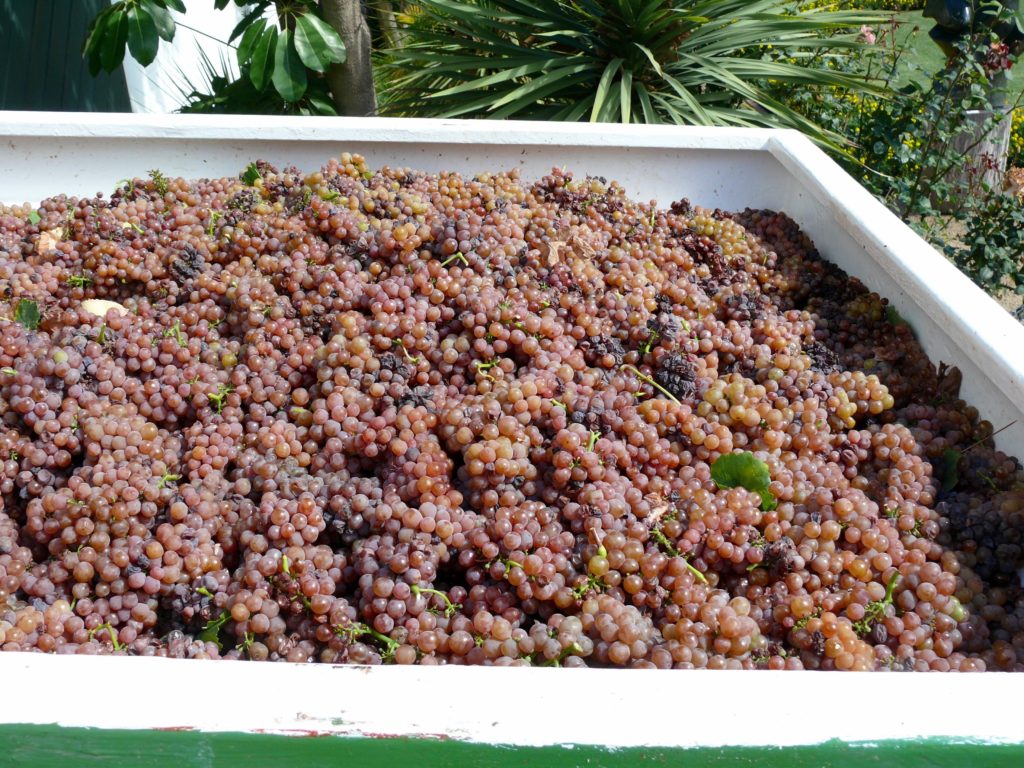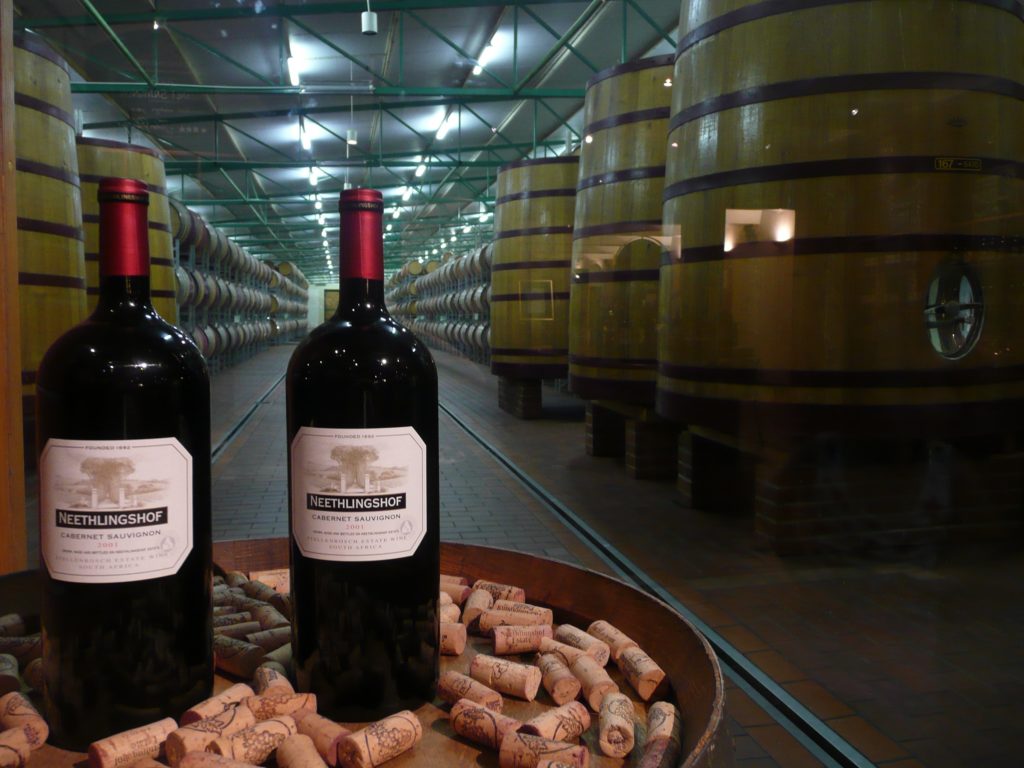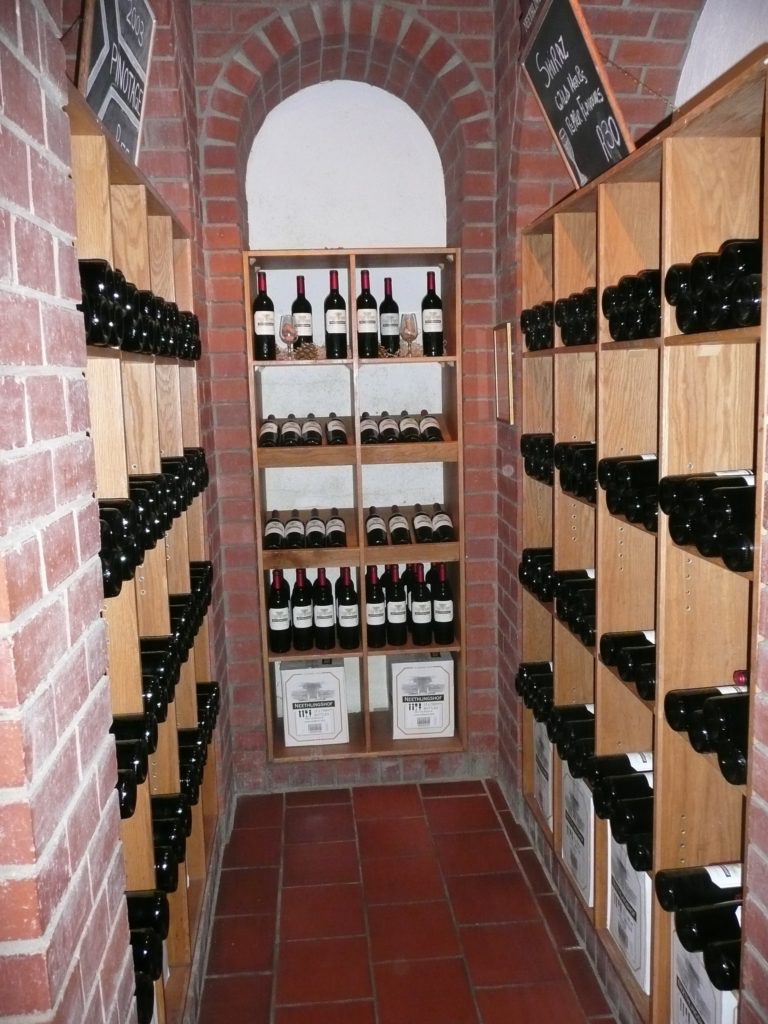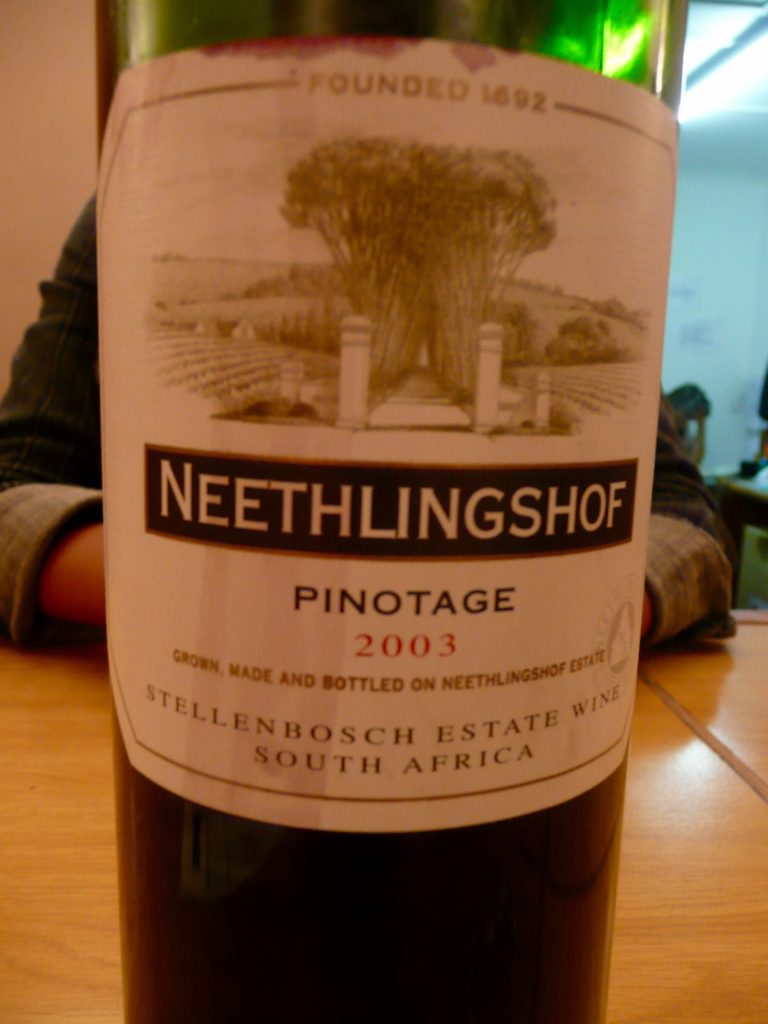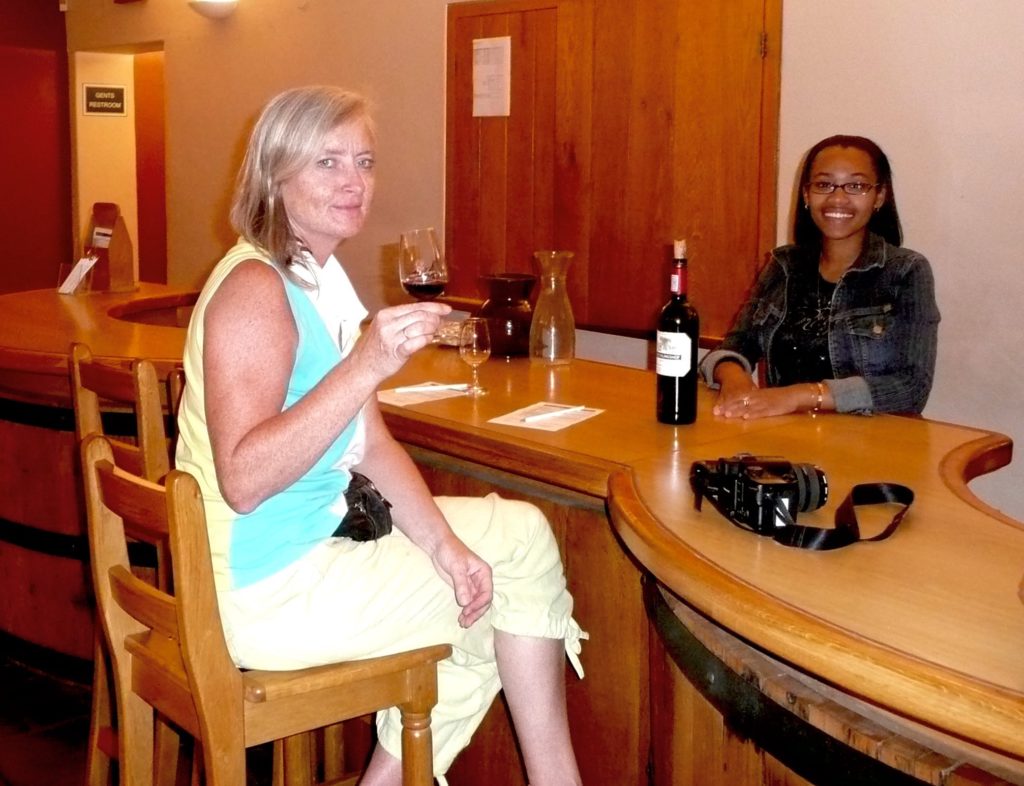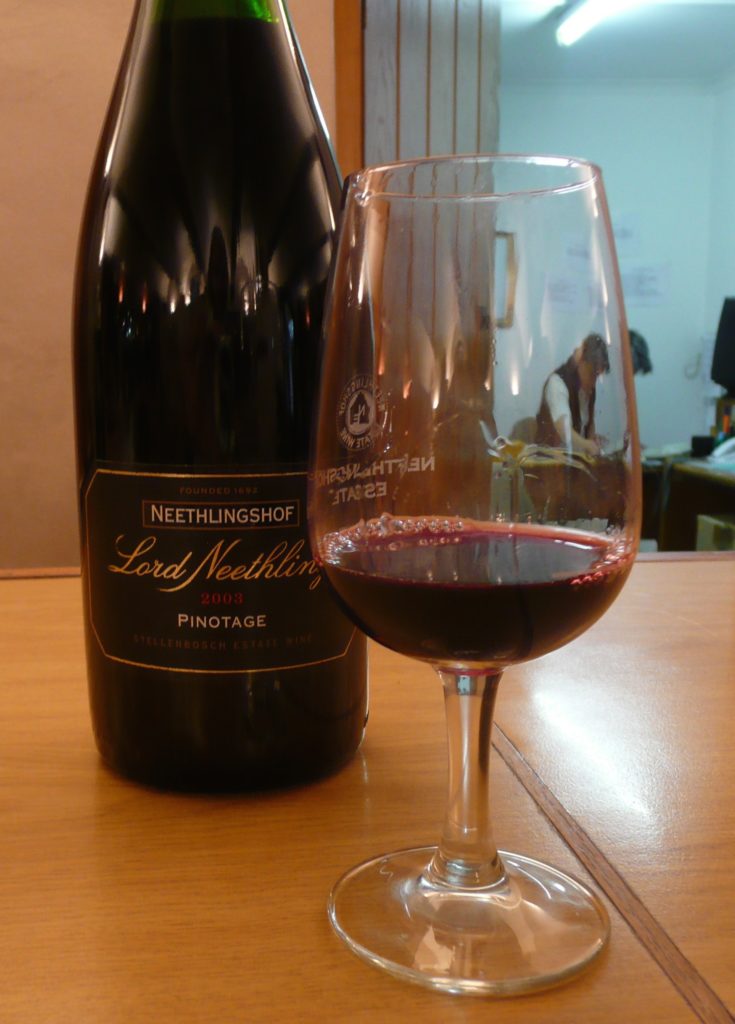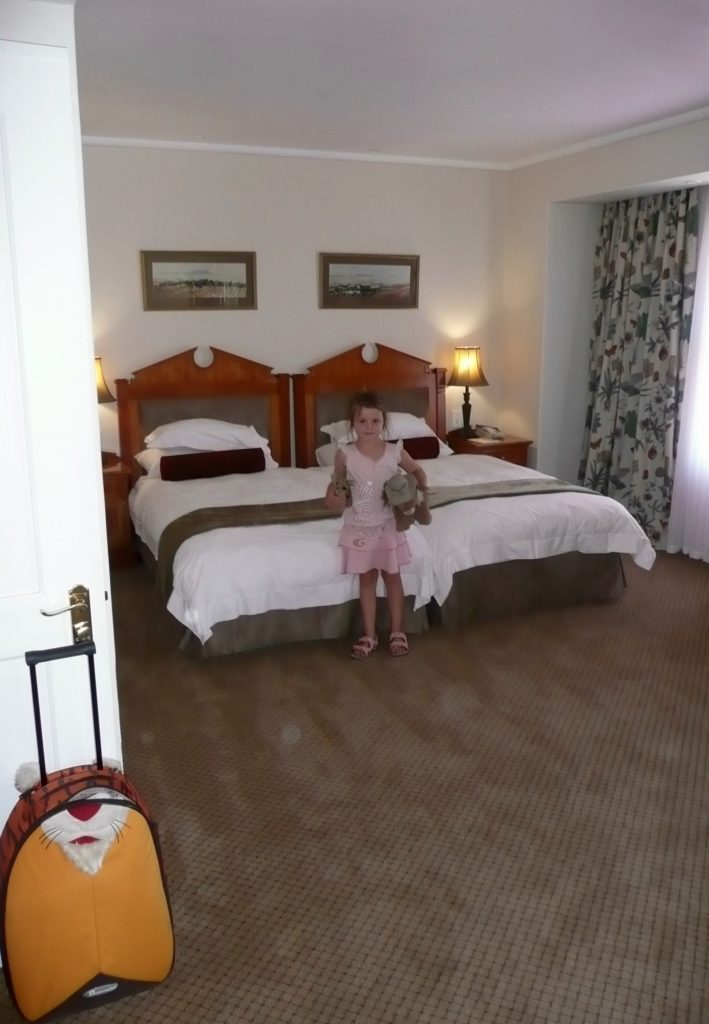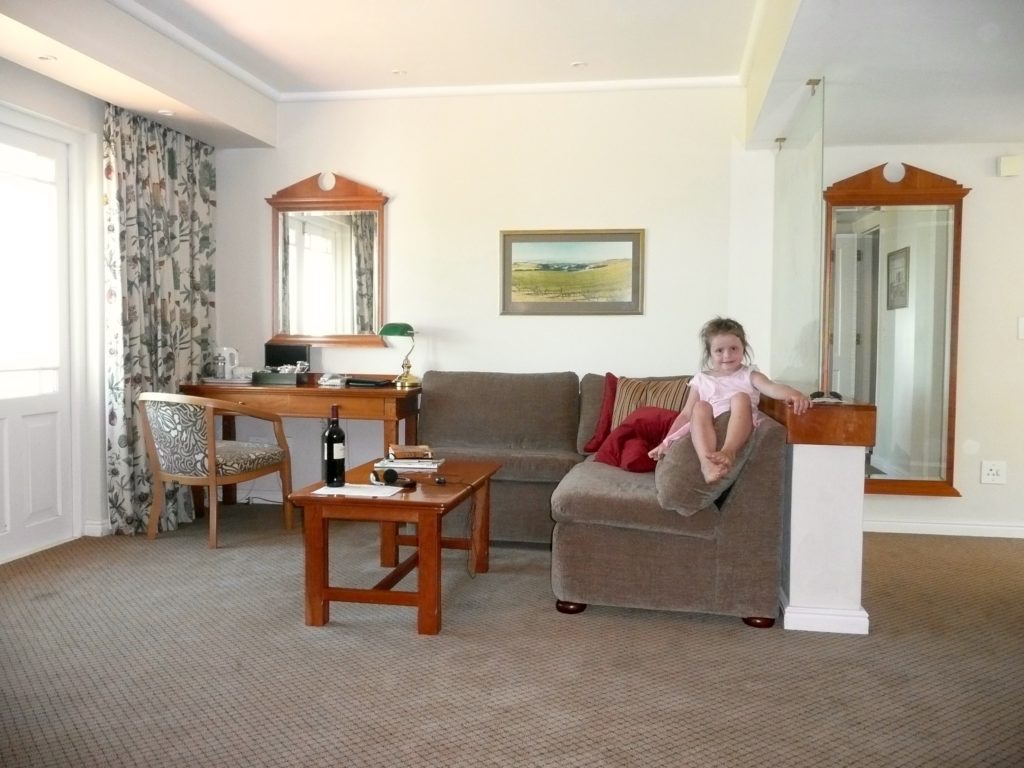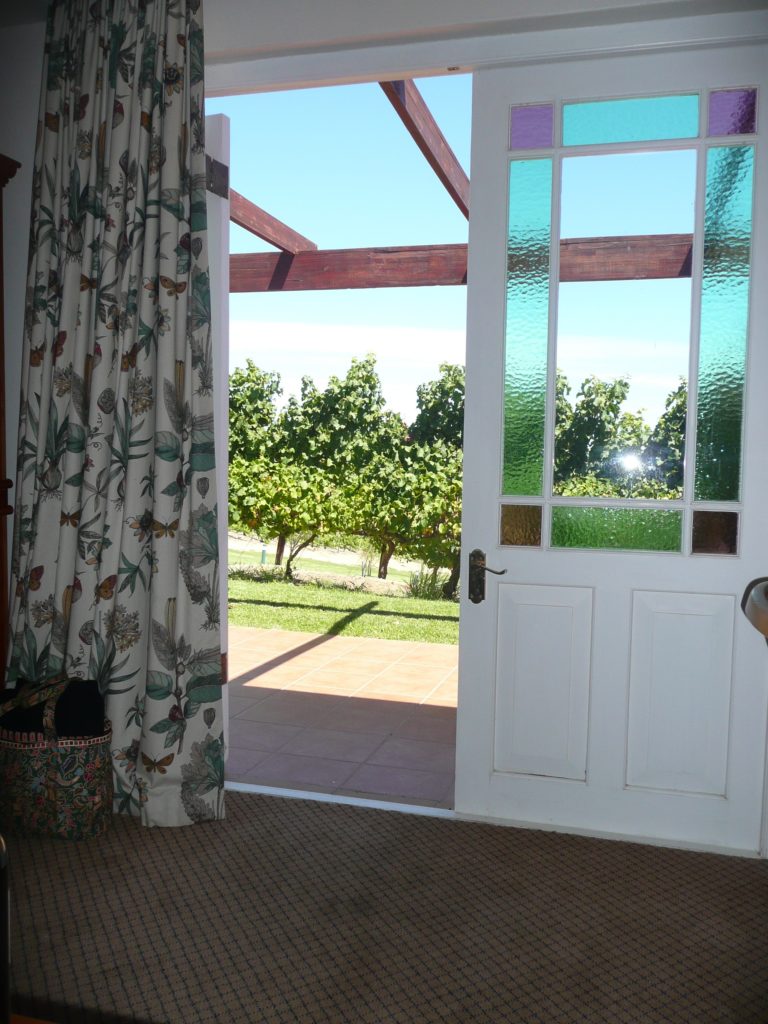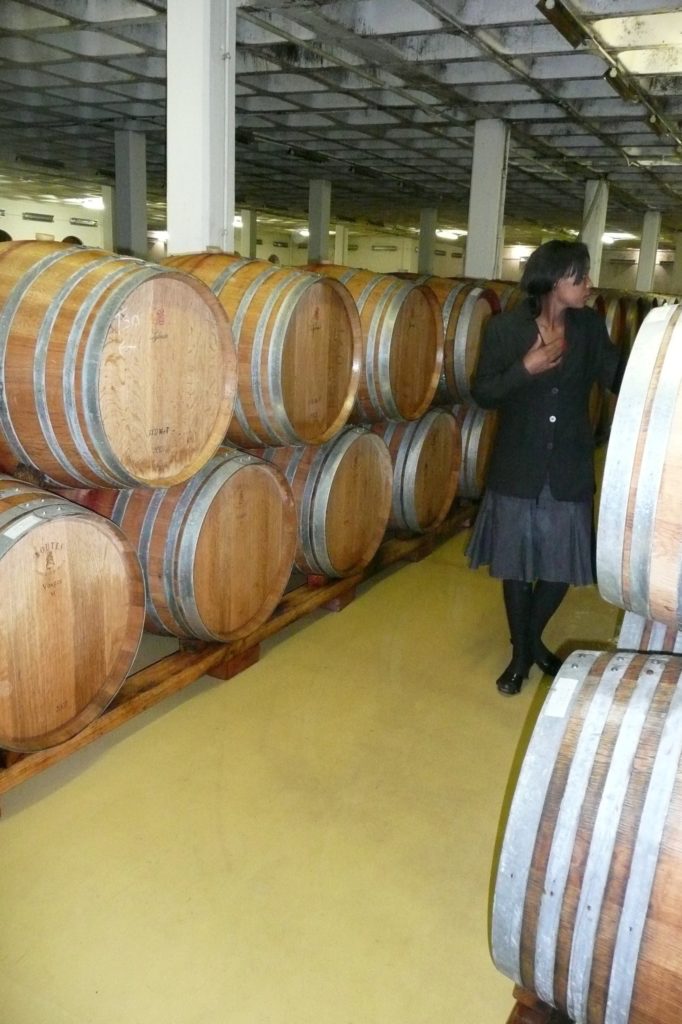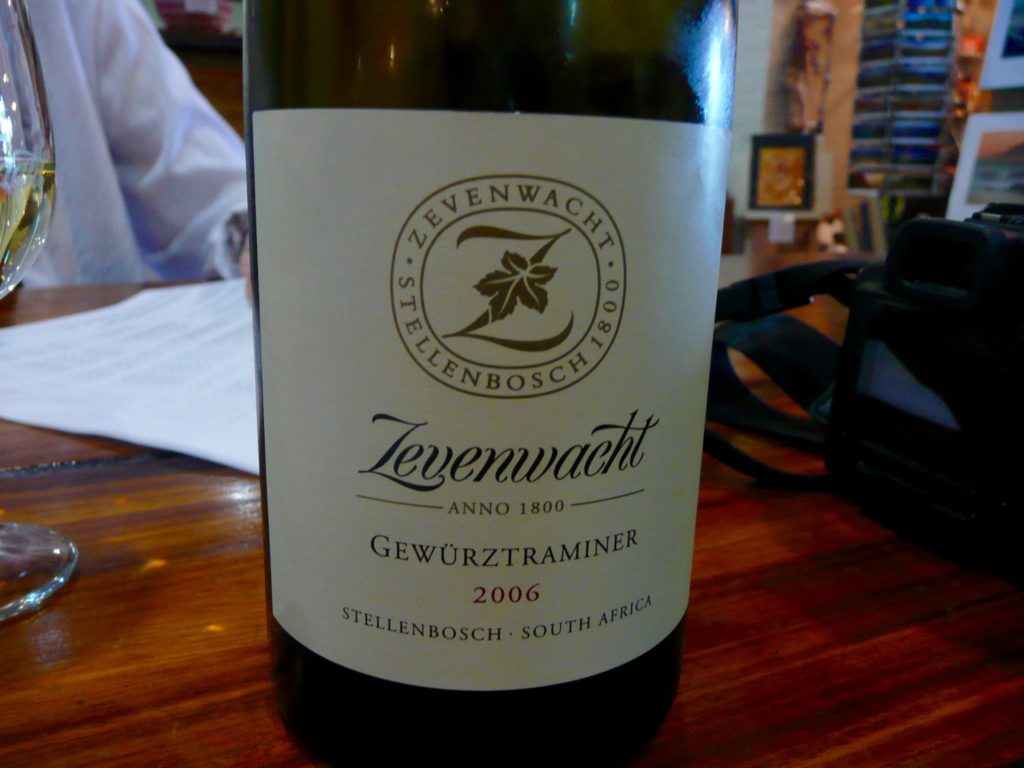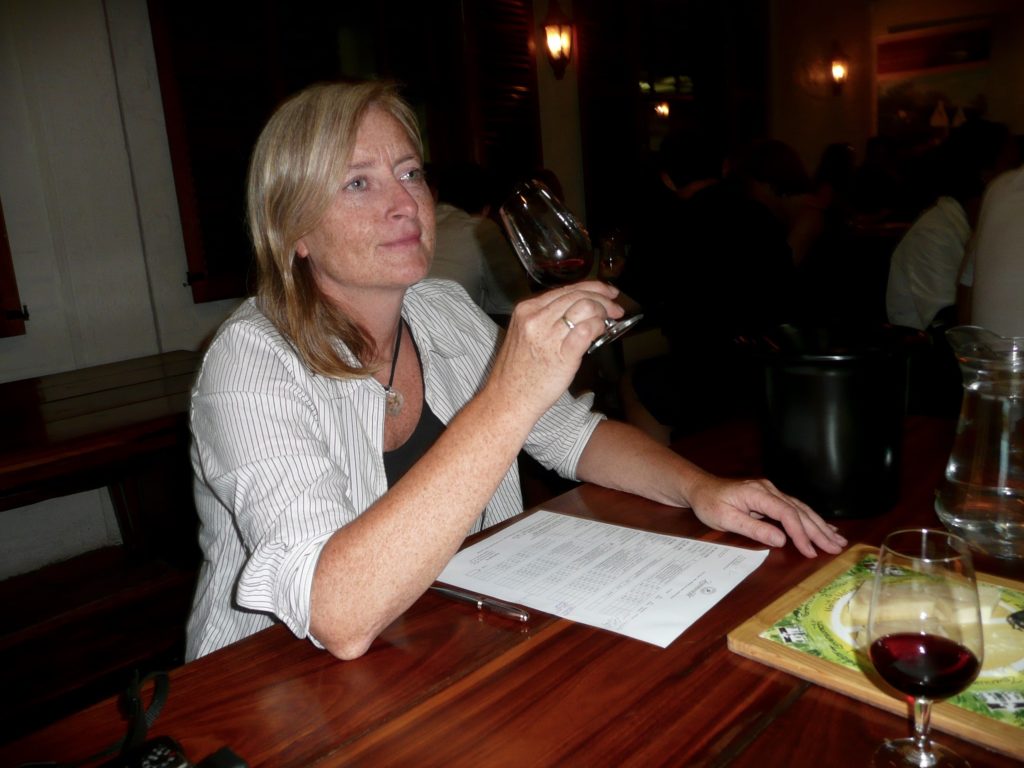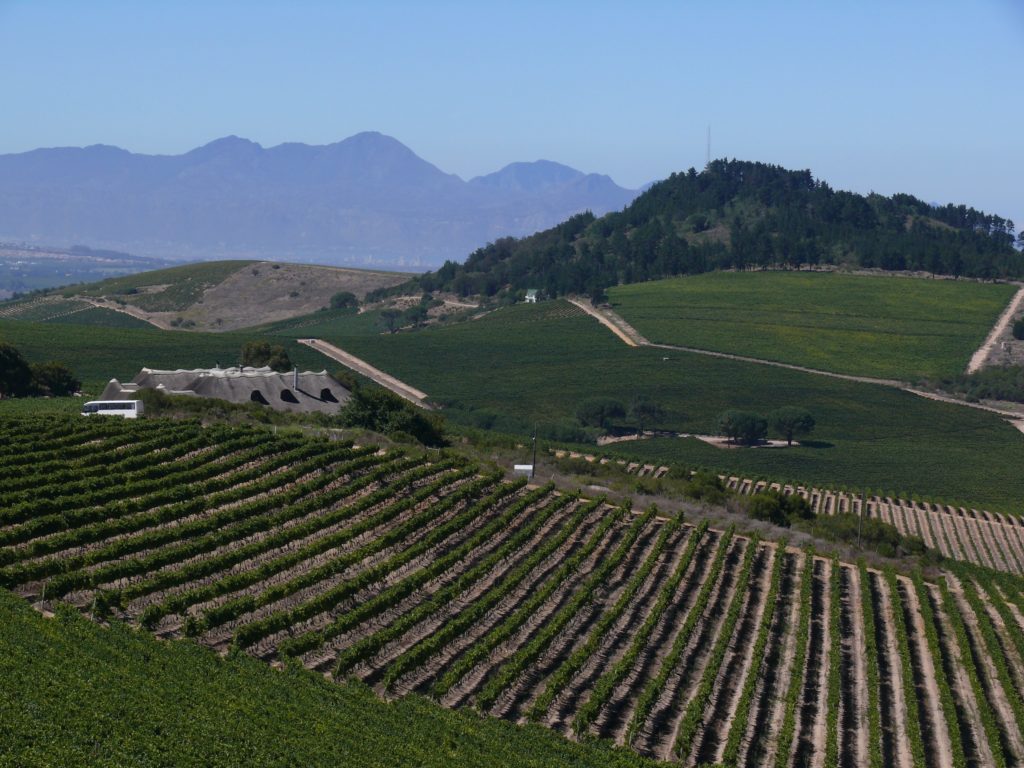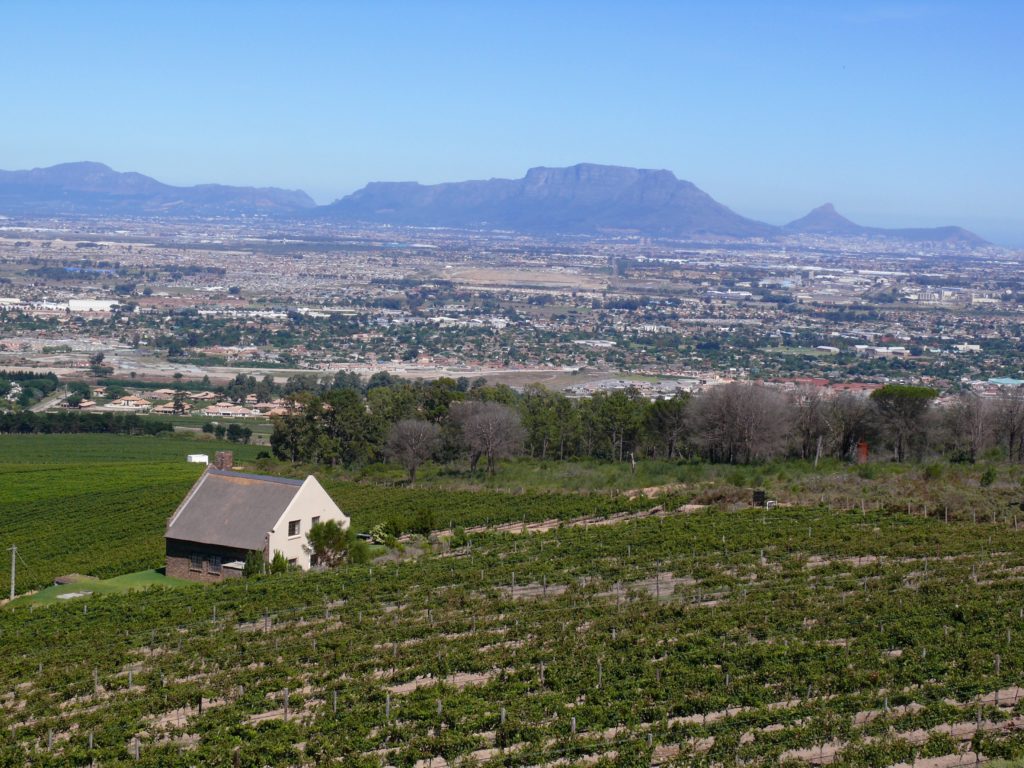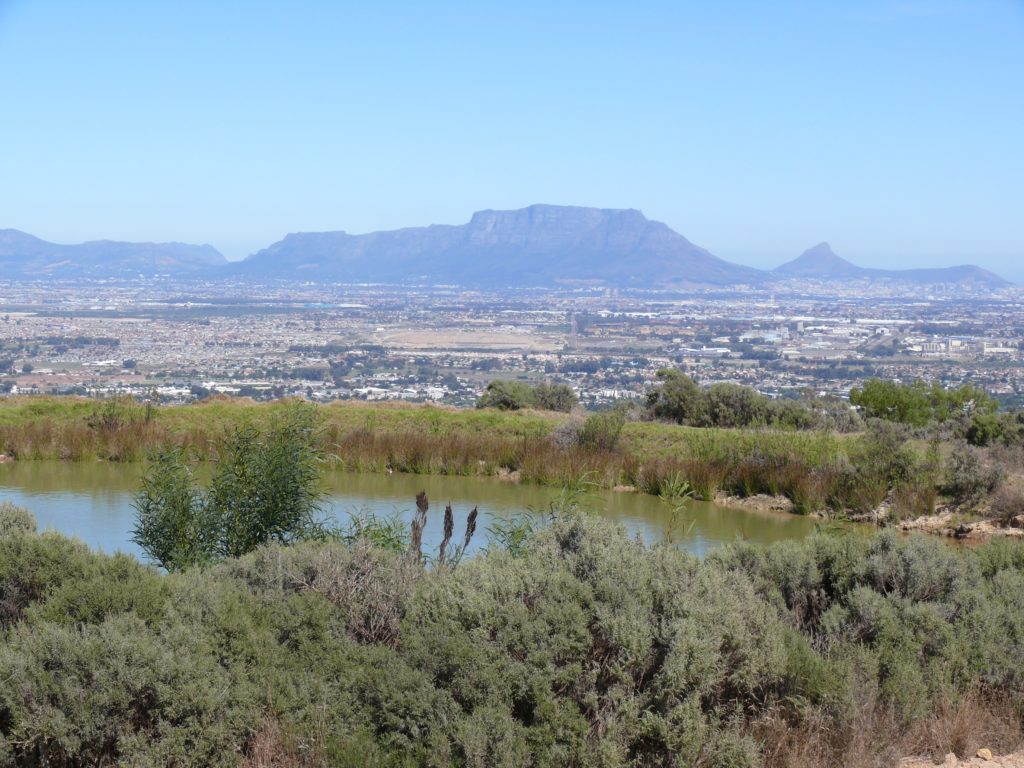HERMANUS
Before we visited Cape Town we headed for Hermanus, a seaside town at southern coast of the Western Cape.
We passed many beautiful vineyards around the towns of Paarl and Fishhoek.
I will tell more about wineries later, then we visited Stellenbosch and the surroundings – and also stayed at a vineyard for a couple of days.
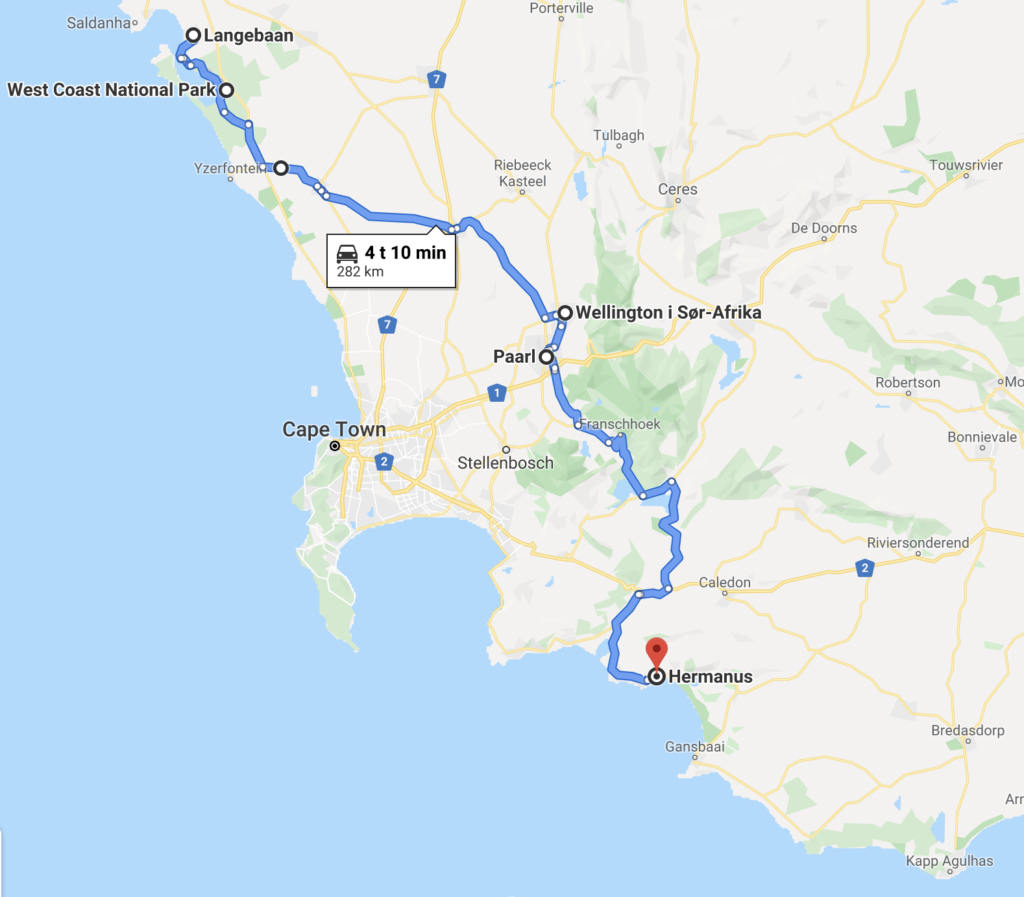
Hermanus is a famous whale watching destination, and has a rich fishing history. Each year between June and October Southern Right whales migrate into the coastal waters of Hermanus to calve and nurse their new-born calves.
Unfortunately it was not season for whale watching when we stayed here.
We are going back to Hermanus Dec/Jan 2019/20 – not time for Southern Right Whales – but hopefully get to spot some other whale species!
Besides whale watching, Hermanus offers a variety of activities; from horse riding, paragliding, kayaking, shark cage diving, fishing, hiking to simply swimming and sunbathing at one of the gorgeous beaches in the area.
BEACHES
The first day we visited Voelklip Beach. It is located east of Hermanus, about 10 minutes drive from the centre. Green lawns are leading down to the beach and many prefer sitting in the grass instead of lying in the sand. The beach is surrounded by rocky cliffs, and near the beach lies the large rock where thousands of birds sleep – for which Voëlklip was named (Voëlklip = bird rock). This is a safe beach and great for swimming , and therefore very popular for families with children. There is plenty of sandy space for little ones to run around and build sand castles, and the rocky area is always fun to explore.
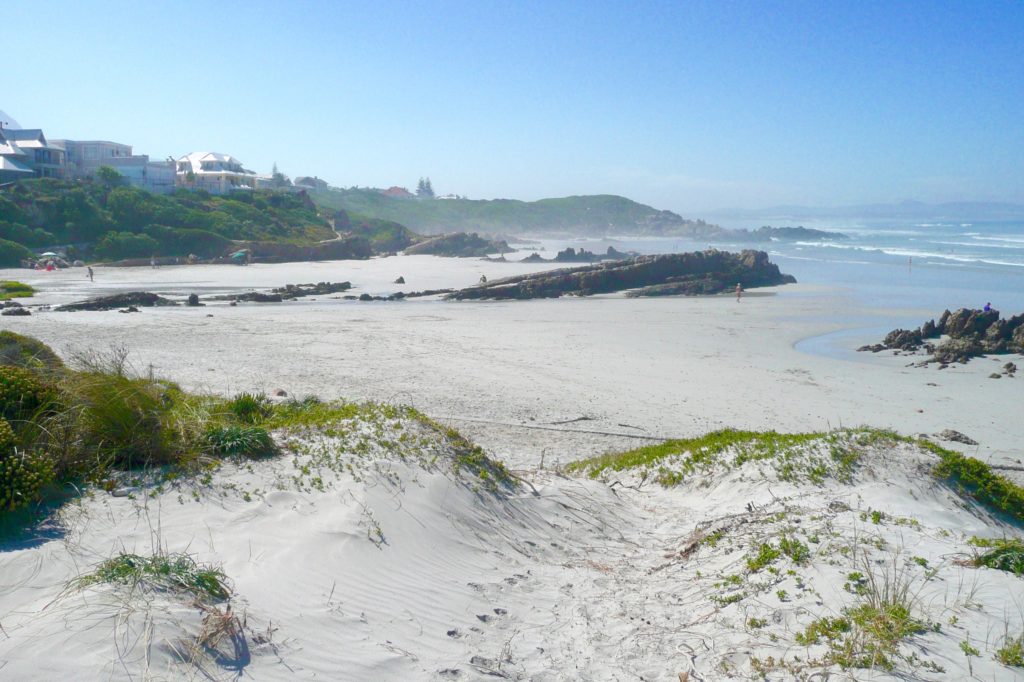
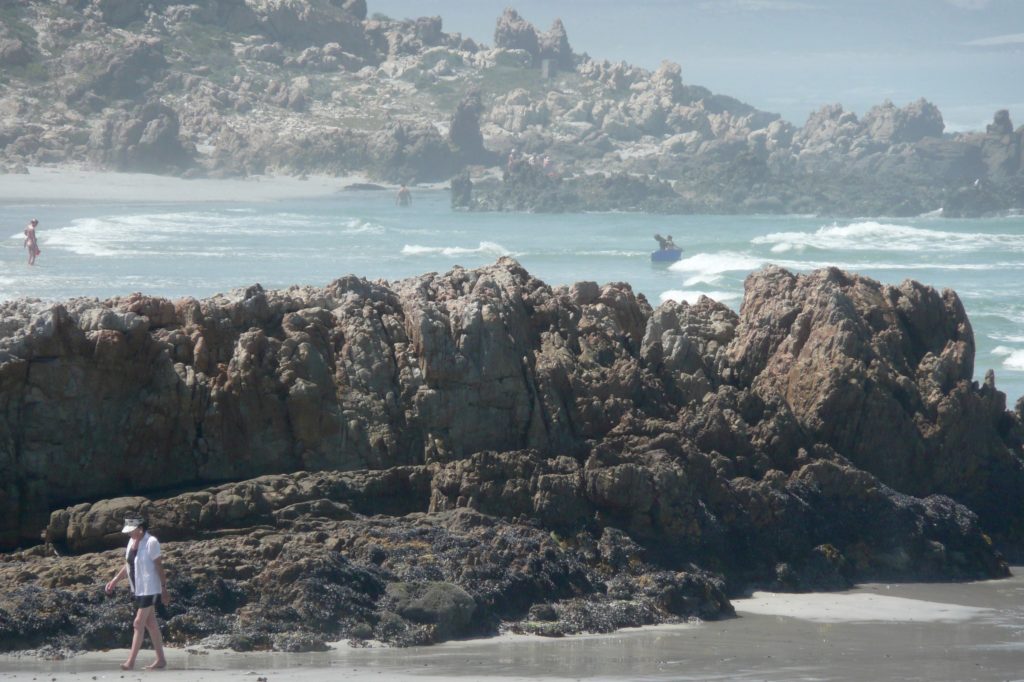
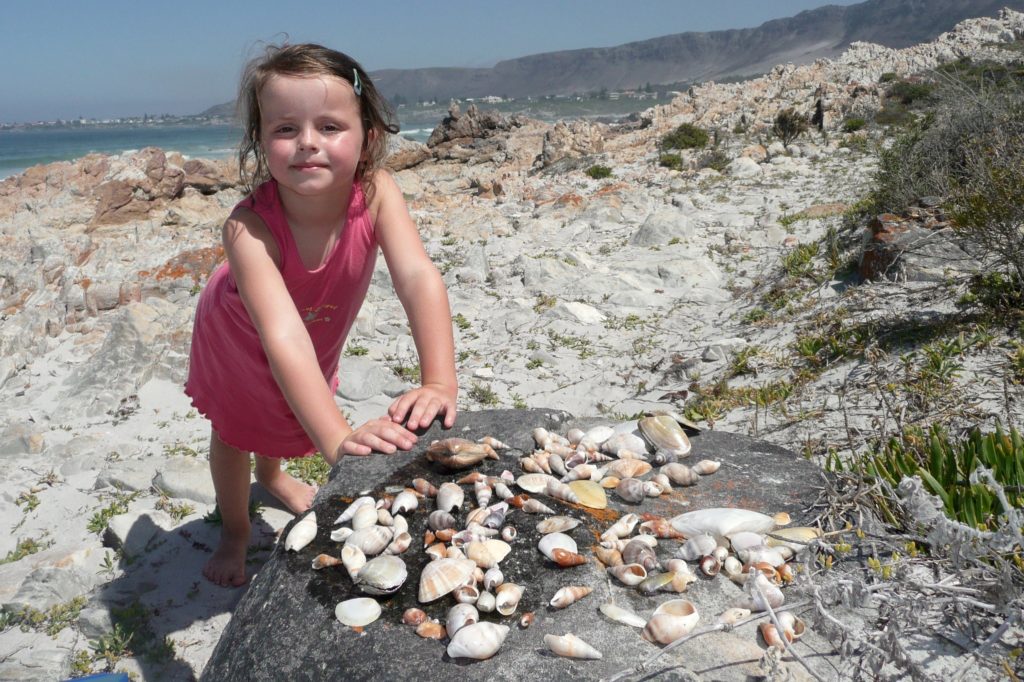
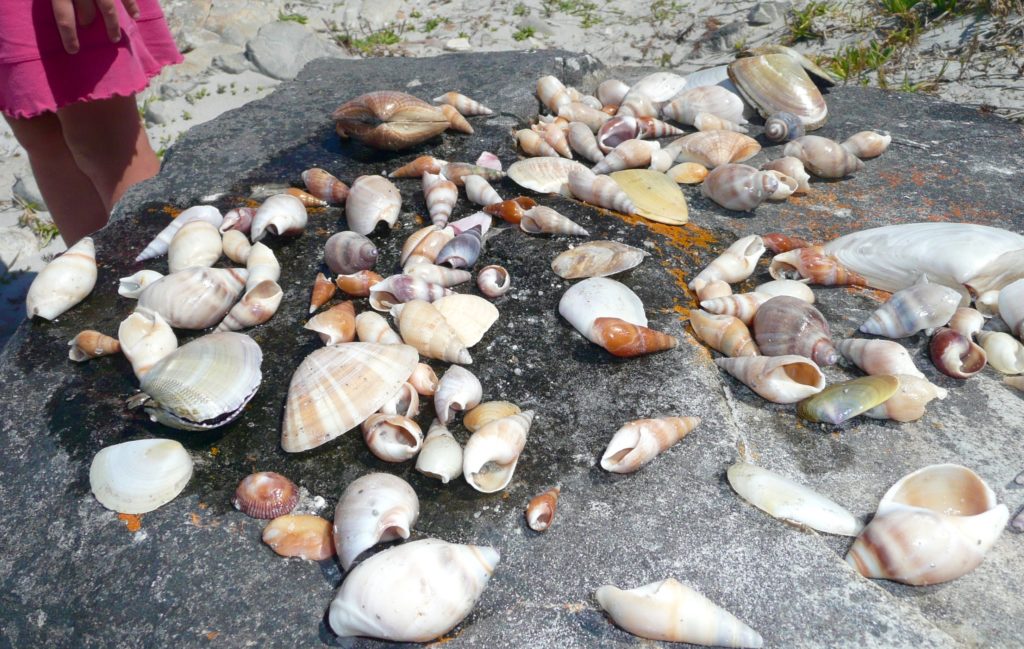
Stines collection of shells
A great place for children to explore and collect shells.
Grotto Beach is a another popular beach near Hermanus, just 1 km east of Voelklip Beach. It is a blue flag beach – that assures the beach is – clean, secure and most importantly environmentally safe.
South Africa was the first country outside Europe to be granted Blue Flag accreditation for its beaches – and can this year – 2019 – boasts a total of 46 Blue Flag Beaches!
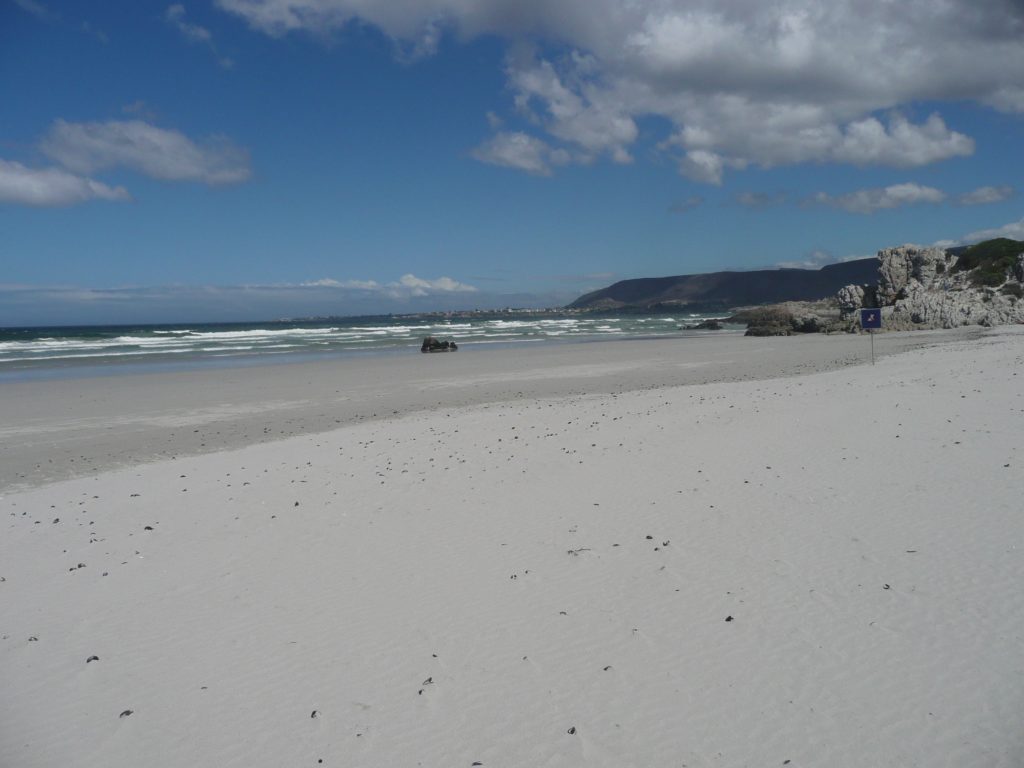
Grotto Beach is a beautiful long sandy beach surrounded by mountains. Enjoyed by locals, visitors and whales – perfect for swimming, sunbathing, walking and beach games.
We had a long walk and were looking for shells to collect, but there were not so many at this beach. Afterward we found a nice place to sit down – by some rocks as it was a bit windy.
There is a restaurant by the parking area, nice place for lunch!
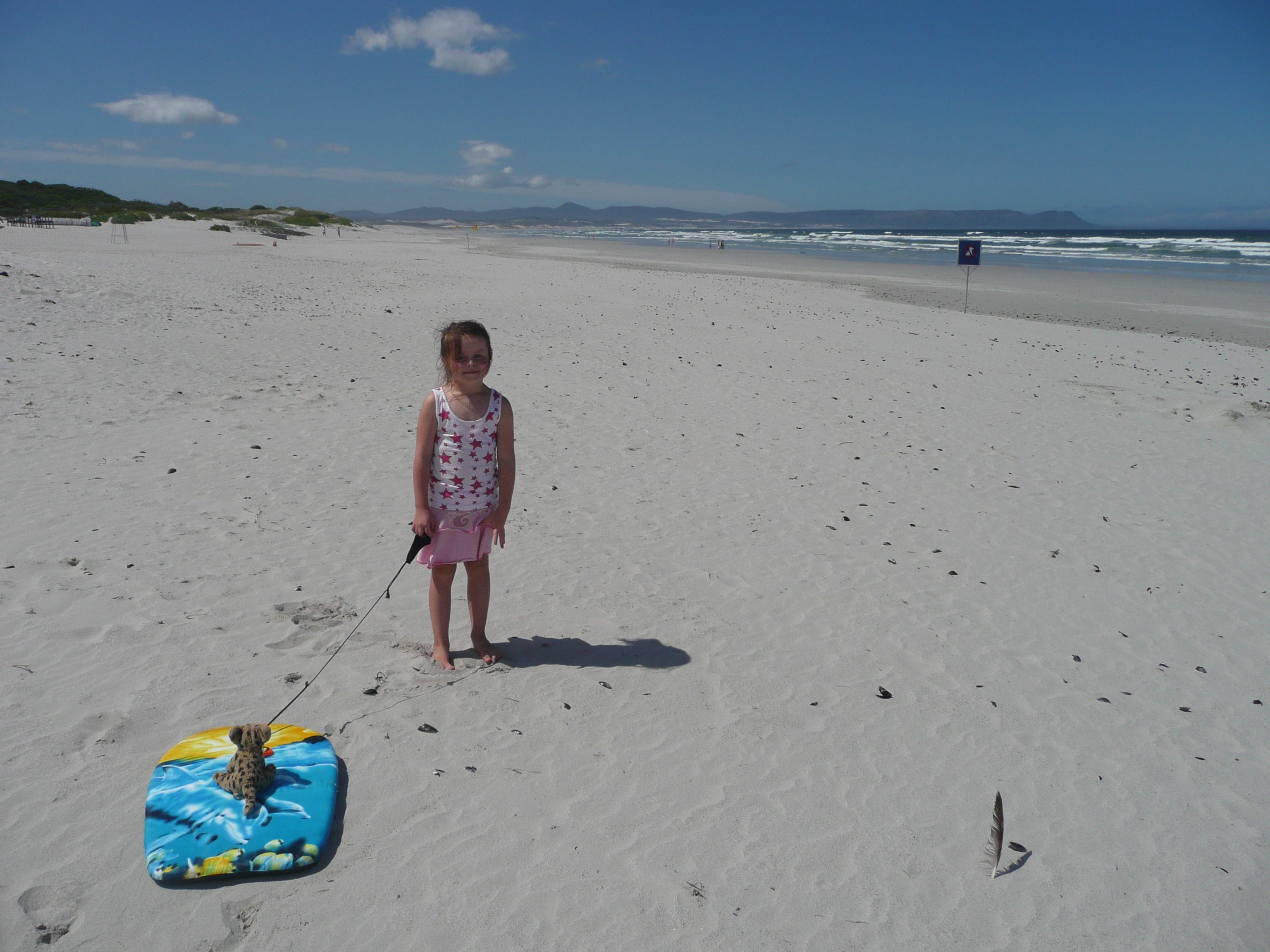
ACCOMMODATION
We stayed some days at Pat´s Place Guesthouse which we got recommended, and booked by phone the day before. My daughter and I stayed in the “Yacht Cottage” – spacious, cosy living room with beds at a loft. Nice place!
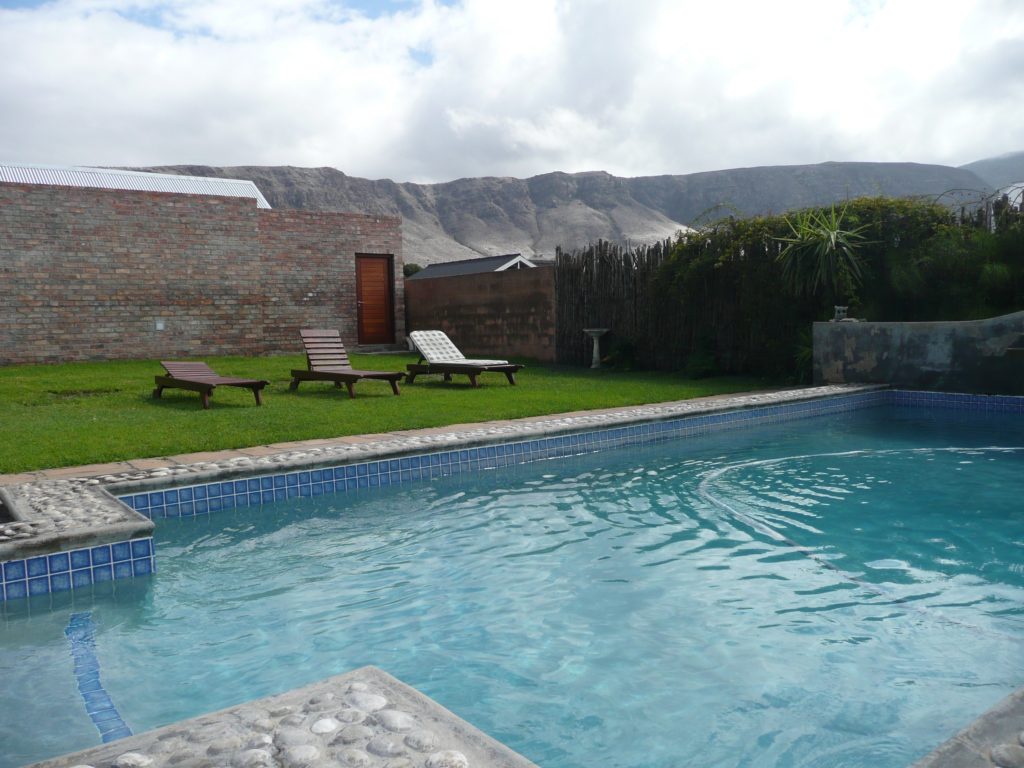

DAY TRIP TO CAPE AGULHAS
– the southern-most tip of the African continent
It was 2 hours drive from Hermanus to Cape Agulhas.
This is the real southernmost point of the mainland of Africa, neither Cape of Good Hope or Cape Point that many people think. Cape Agulhas is located 150 km southeast from Cape Point and this is the place where the two great oceans – the Indian and Atlantic – meet.
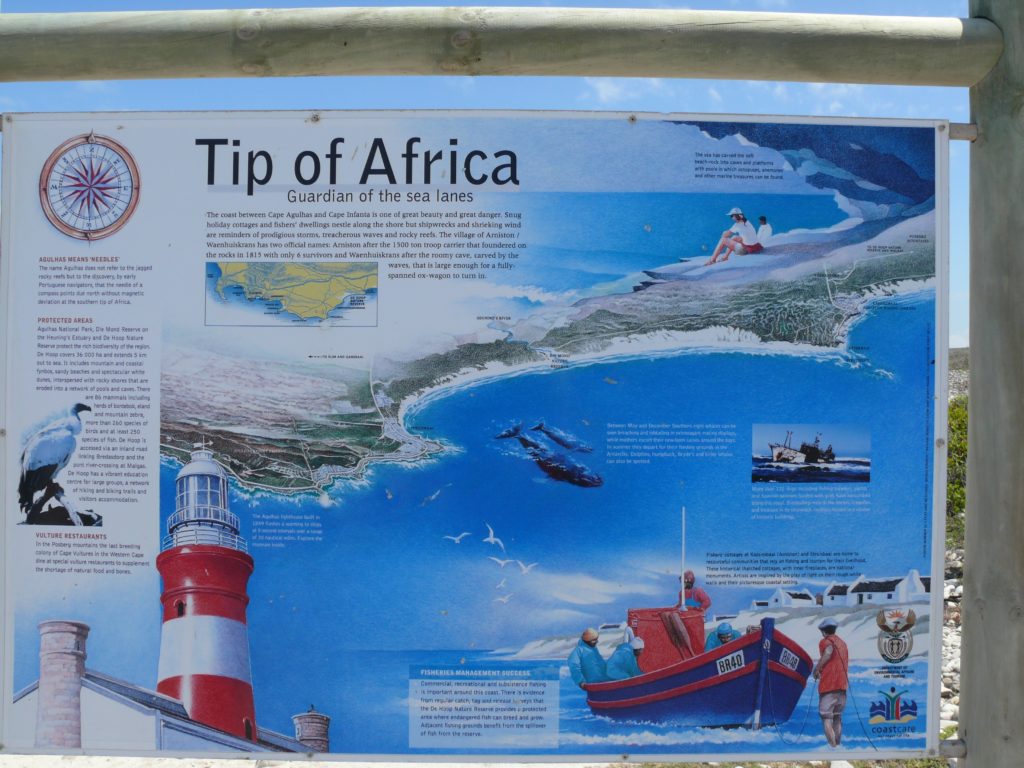
The Agulhas area belongs to The Agulhas National Park which stretches along the coastal plain between the towns of Gansbaai and Struisbaai . It is one of the smallest national parks in South Africa, but nevertheless has 2,000 native plant species and a wetland that provides refuge to birds and amphibians. In season, between November and January you can watch southern right whale outside the coast.
Several ships founders on the rocks near Cape Agulhas , and some relics of the wrecks van be seen in the Bredasdorp Shipwreck Museum.
There is an entrance fee to The Agulhas National Park – but if you have a WILD CARD – it is free of charge.
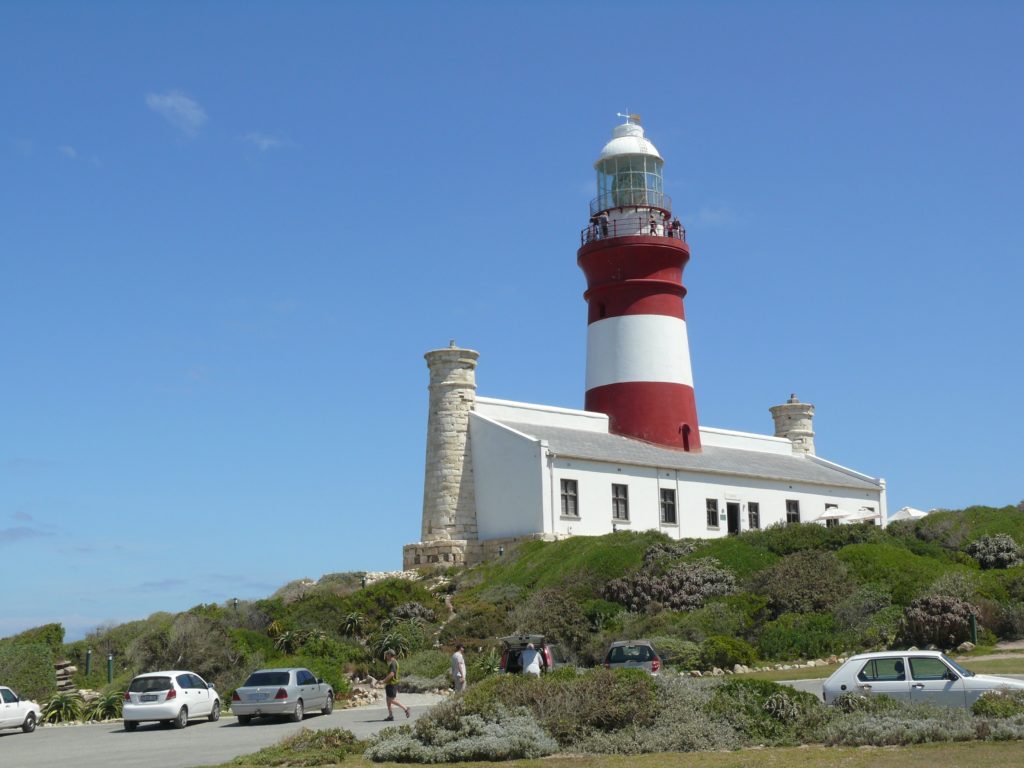
We parked the car just next to the Cape Agulhas Lighthouse. The lighthouse was built in 1848 and is the second oldest working lighthouse in South Africa. It houses now a museum and restaurant.
From the lighthouse you follow a boardwalk along the beach and past coastal fynbos to reach the southernmost tip of Africa.
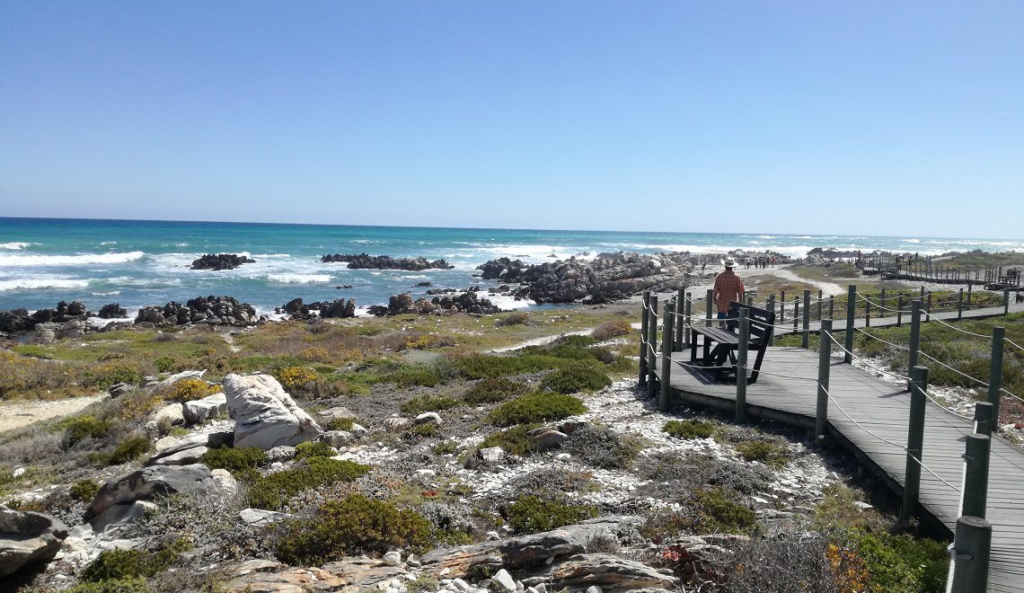
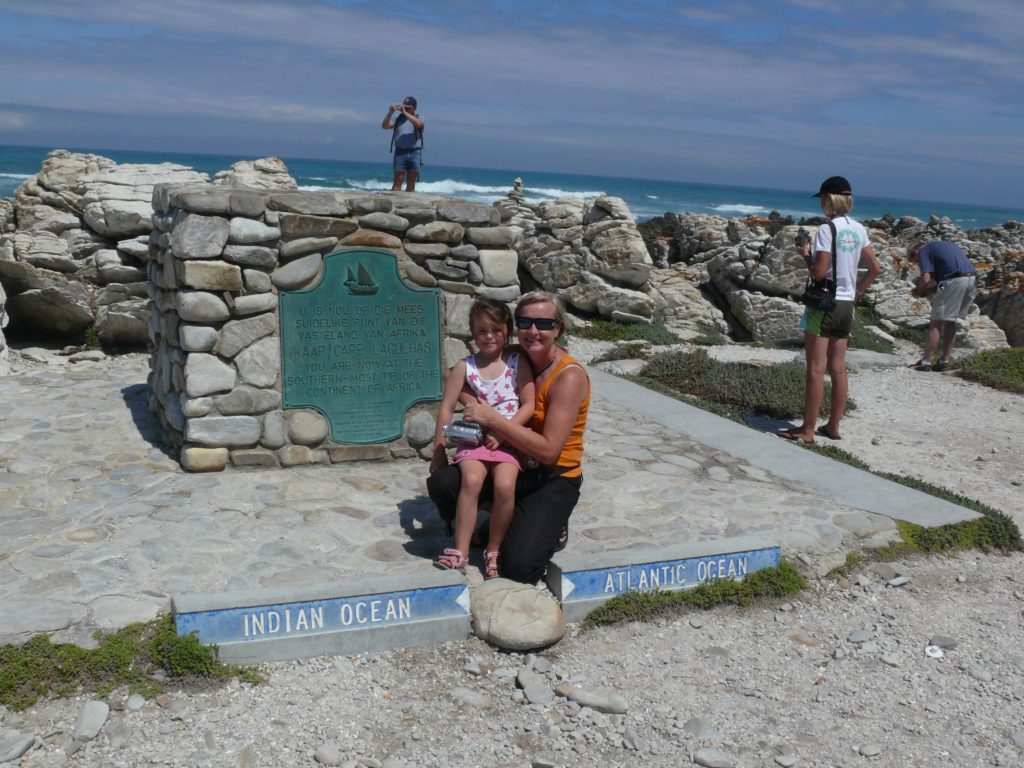
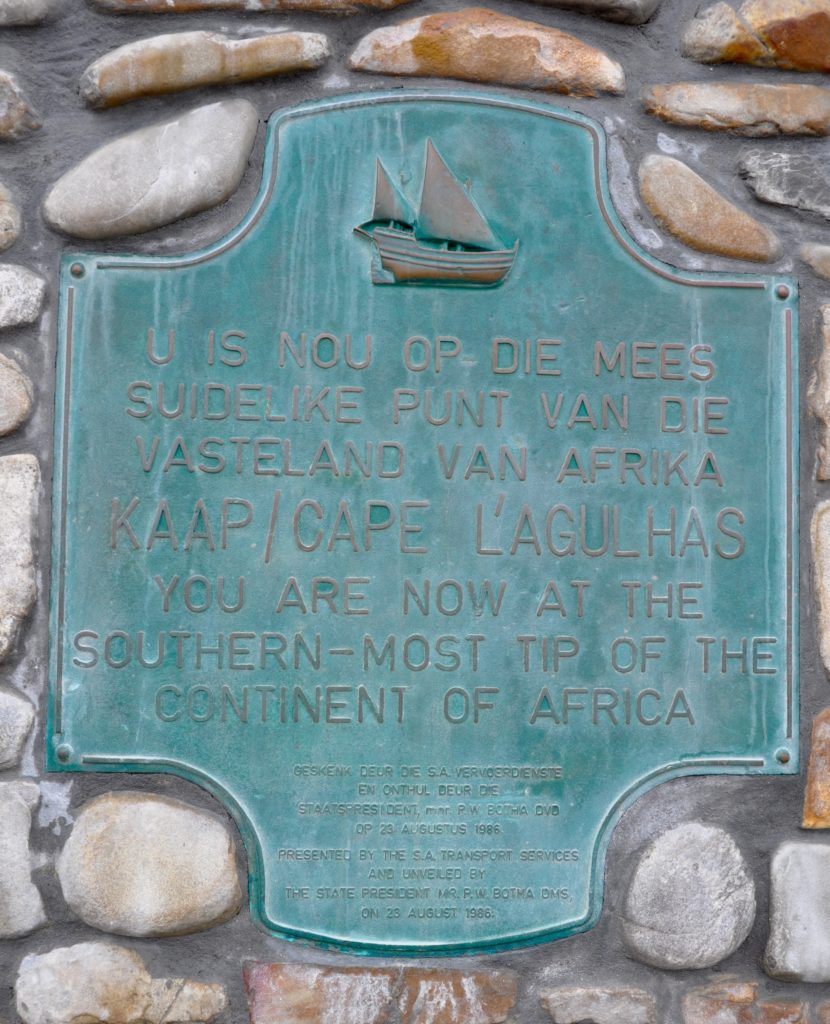
By the sign that says –
“You are now at the southern-most tip of the continent of Africa“
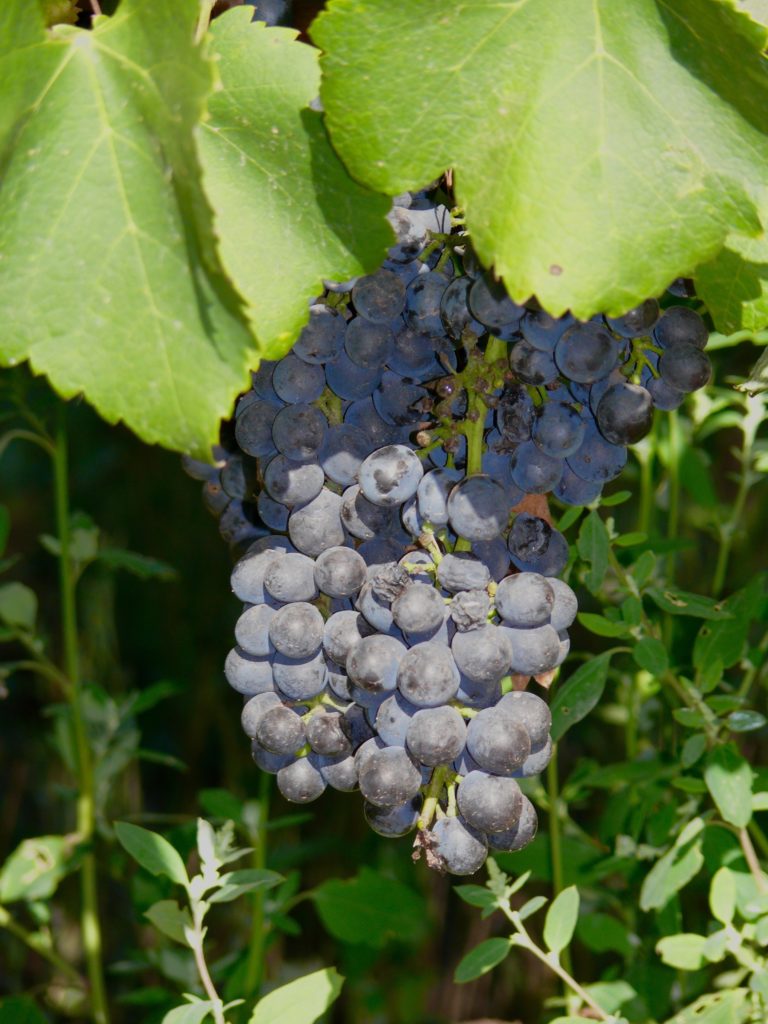
Stellenbosch
and
the Winelands
Stellenbosch – the tourist capital of the Winelands – is only 50 km from Cape Town ( about 45min. drive) and about 100 km from Hermanus.
Stellenbosch is the second oldest town (1679) in South Africa and is named after the founder and former Cape Colony governor Simon van der Stel, meaning “Stel’s se bosch” ( Stel´s Bush). He was a farmer and winemaker who started the oldest wine estate in the country, Groot Constantia.
The settlers who first lived in the Stellenbosch area were encouraged by van der Stel to plant oak trees as the land was fertile and he planted many himself. Today there are massive, regal oak trees framing the homes and lining the streets amongst the vineyards. That his why the town has the received the nickname, “Eikestad,” which means “village of oaks.”
Stellenbosch is a beautiful town on the banks of the Eerste River Valley – surrounded by mountains. The area is rich in history and contains many finely preserved examples of Cape Dutch style architecture. There are some historical buildings dating from the early 1700’s many of which have been restored. It is also a University town, the University of Stellenbosch with its 19th-century buildings and bustling with students during term time.
The Stellenbosch, Paarl and Franschhoek valleys form the Cape Winelands – and the South African wine industry produces about 1,000,000,000 litres of wine annually.
This area is word-renowned for producing world-class wines, and wine tasting tours are very popular. Many of the wineries have also superlative restaurants.
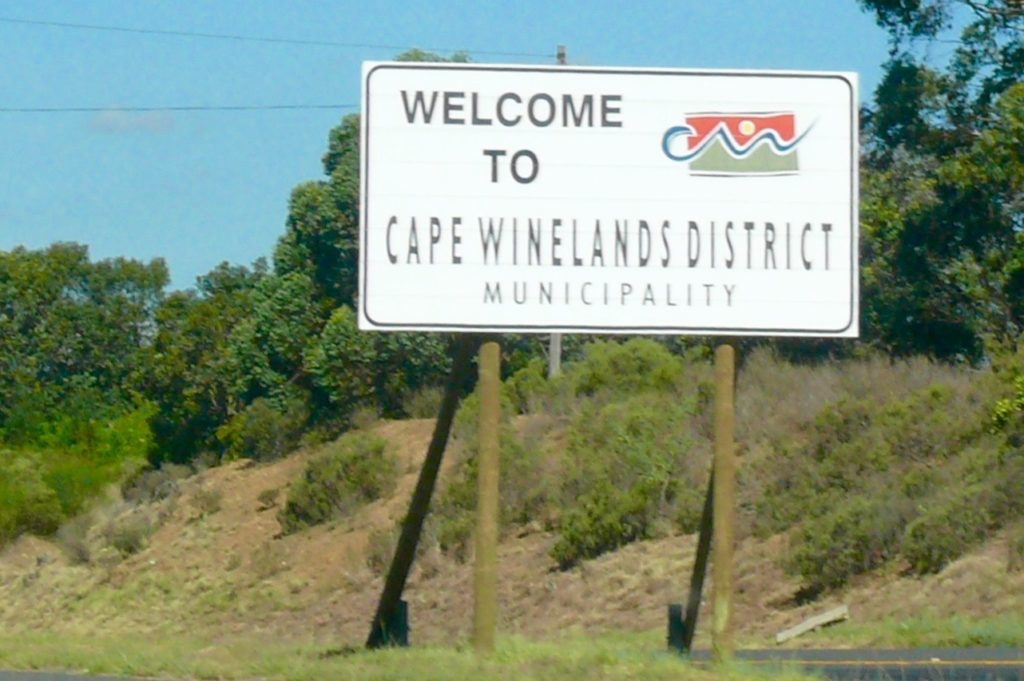
The Stellenbosch wine route, arguably the country’s most famous, was established in 1971 by Frans Malan from Simonsig, Spatz Sperling from Delheim and Neil Joubert from Spier. It has become a world-renowned and popular tourist destination in South Africa.
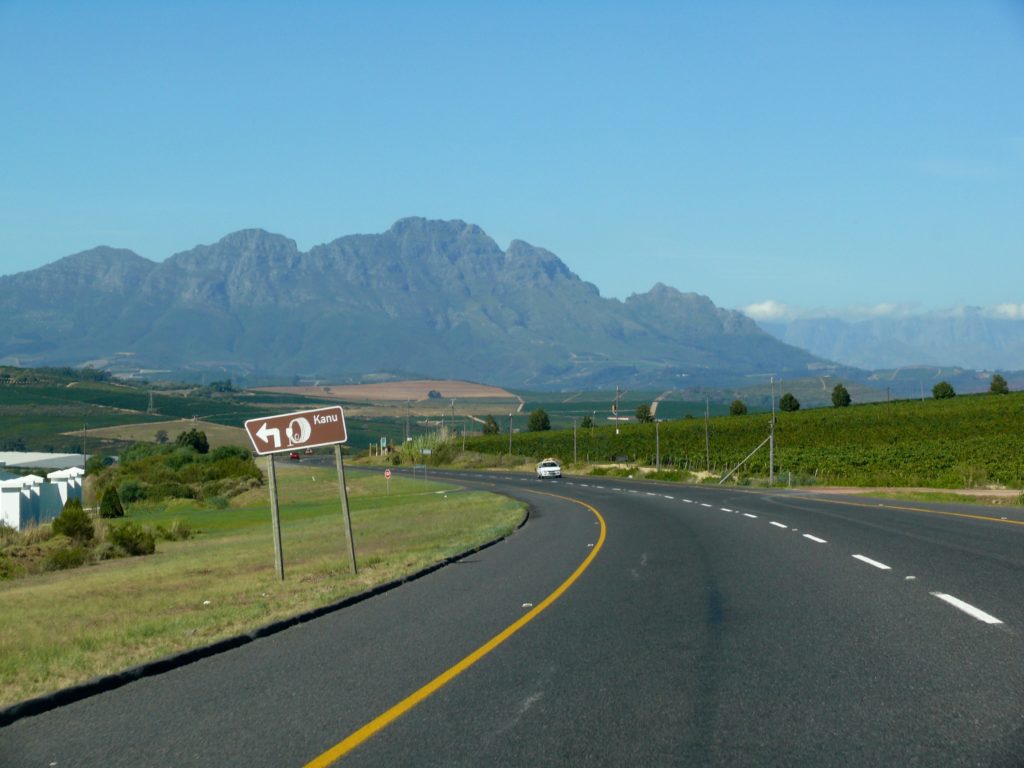
Spier Winery was our first visit in this area. Spier is one of South Africa’s oldest wine farms (1692), founded by a German soldier serving the Dutch East India Company. It is located on the outskirts of Stellenbosch and it is
home of a world-class hotel, two fantastic restaurants, an excellent conferencing centre and award-winning wines. It has also different attractions on site – a small market, bird wildlife experience, local artists studio – among others.
Spier focuses on good farming and at the restaurants they serve tasty food made with ingredients grown either on the farm or by trusted, nearby farmers. Their wines are among the most awarded in the country. So we joined wine tasting, and here are some the wines we tasted. Many great vintage selection wines, especially the sauvignon blanc and the shiraz.
The next winery we visited was Neetlingshof Wine Estate. A lovely avenue of stone pines lead to the manor house which is surrounded by a beautiful garden. The estate has a long and rich tradition of wine making in Stellenbosch, the second oldest and most premier wine producing area of South Africa. It occupies an incredibly privileged site with ideal natural conditions, soils, slopes, altitudes and climate to produce a variety of great wines. All the grapes for the Neethlingshof wines are grown on the estate and all the wine is made, matured and bottled in the cellars of the estate.
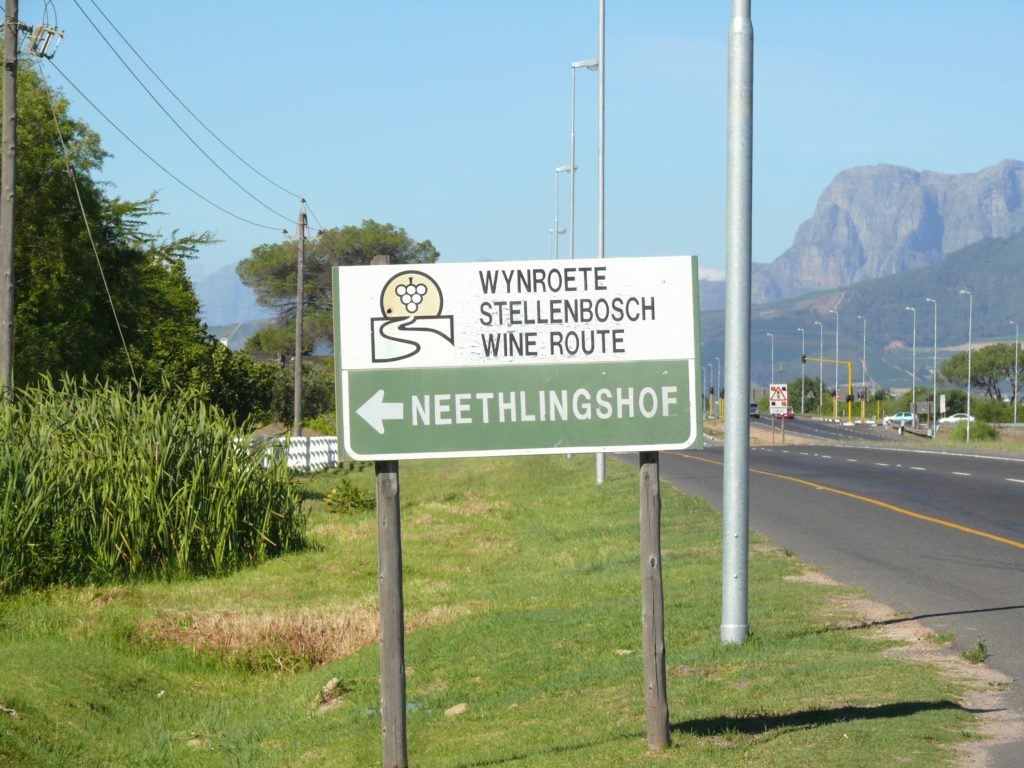
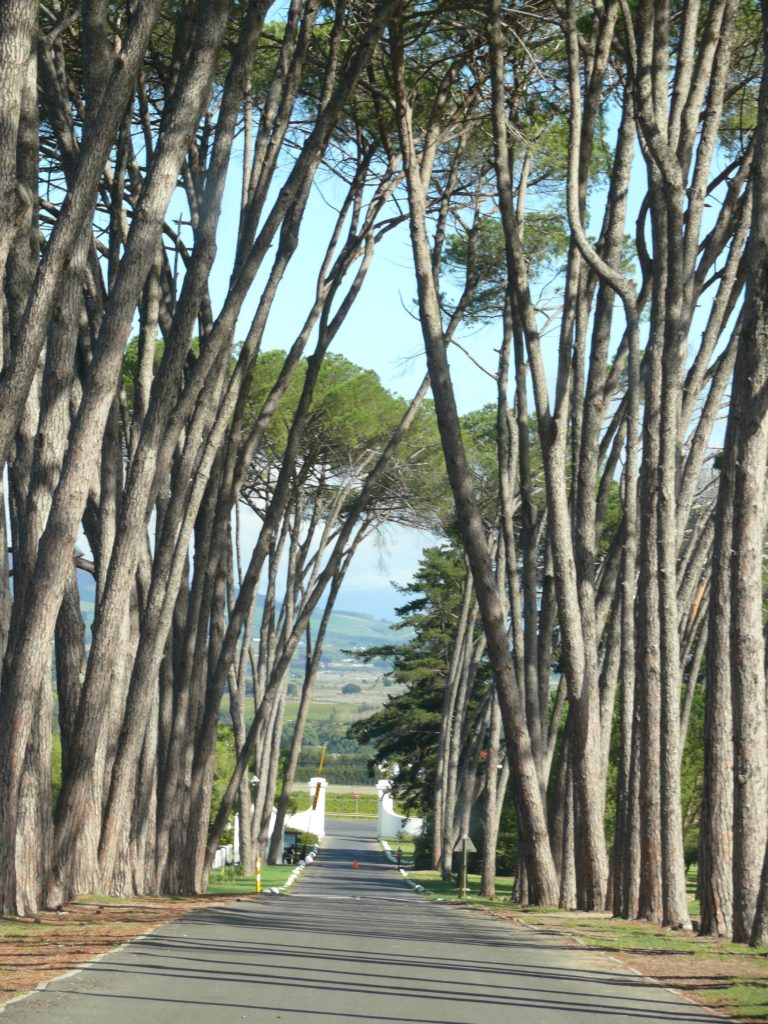
Avenue of stone pines leads visitors towards the manor house
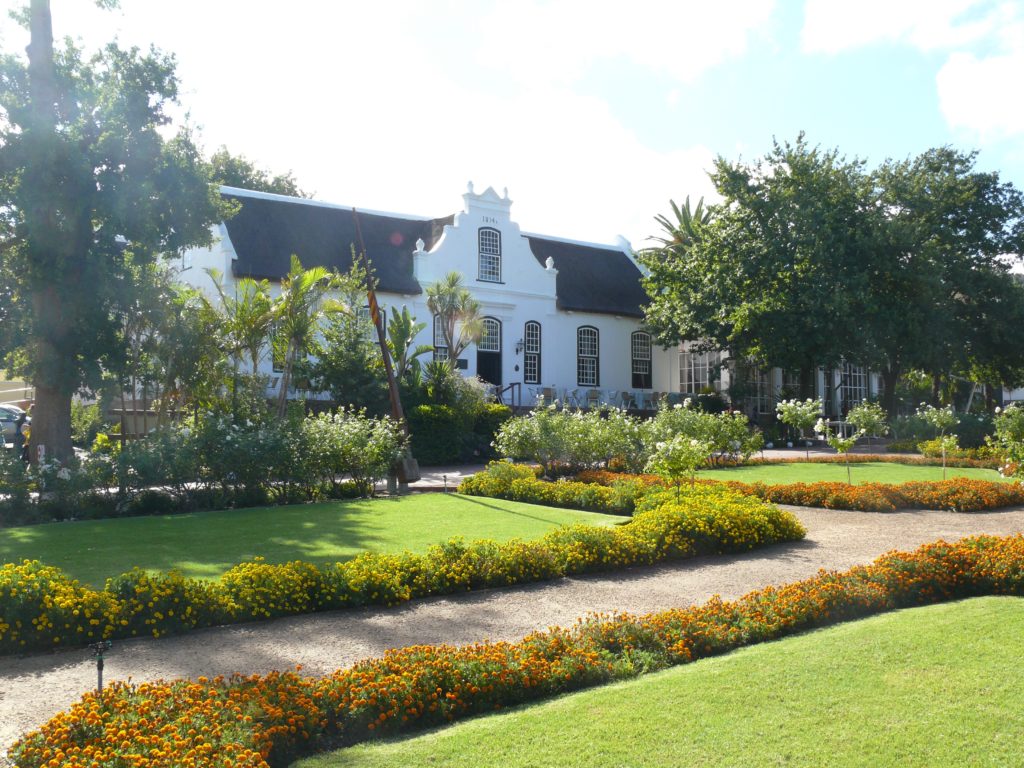
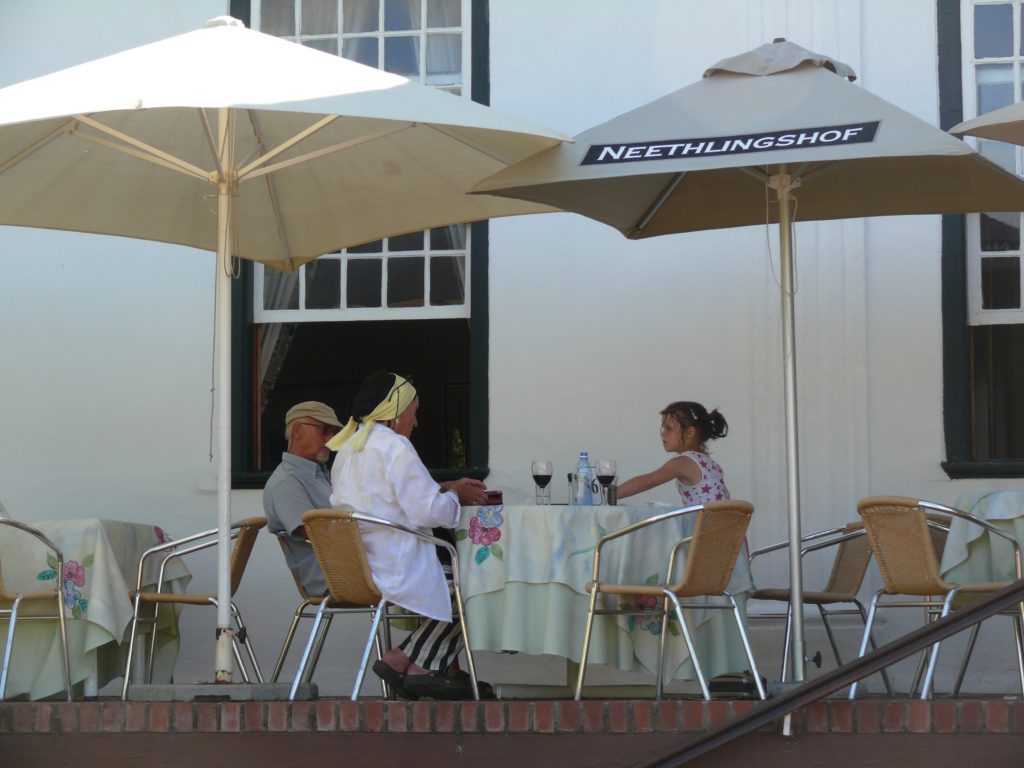
Enjoyed a great lunch at Neethlingshof restaurant 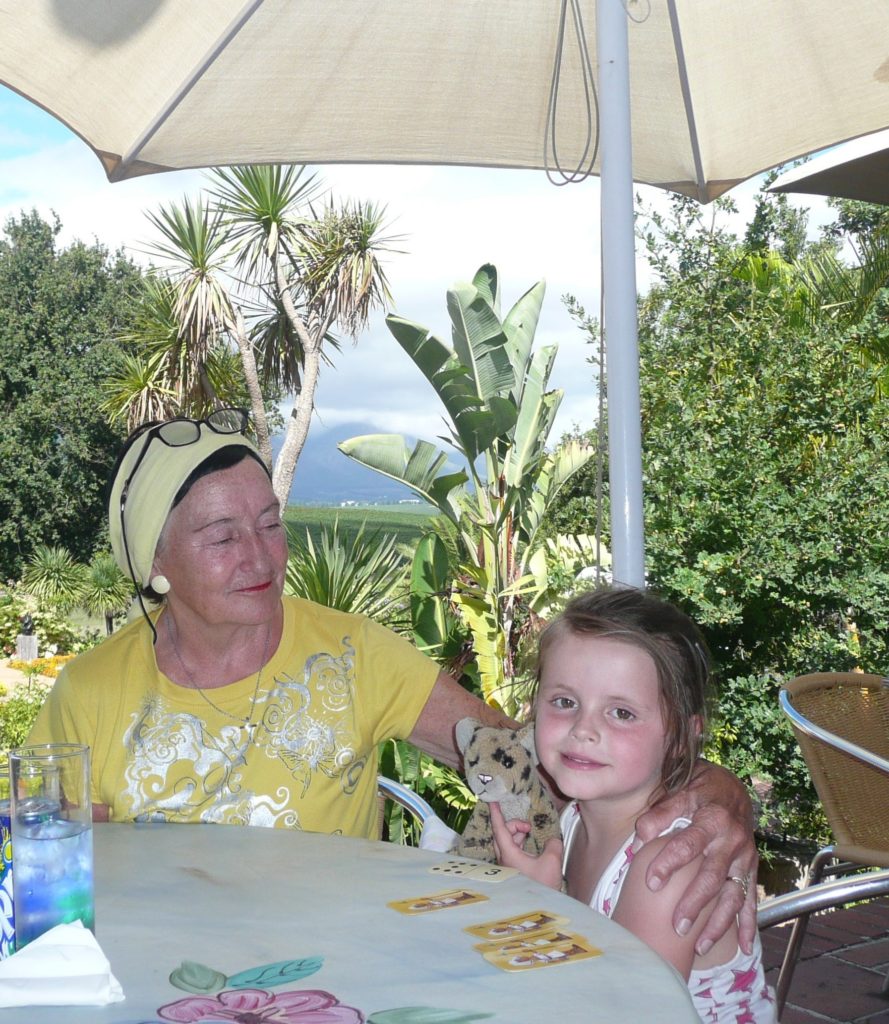
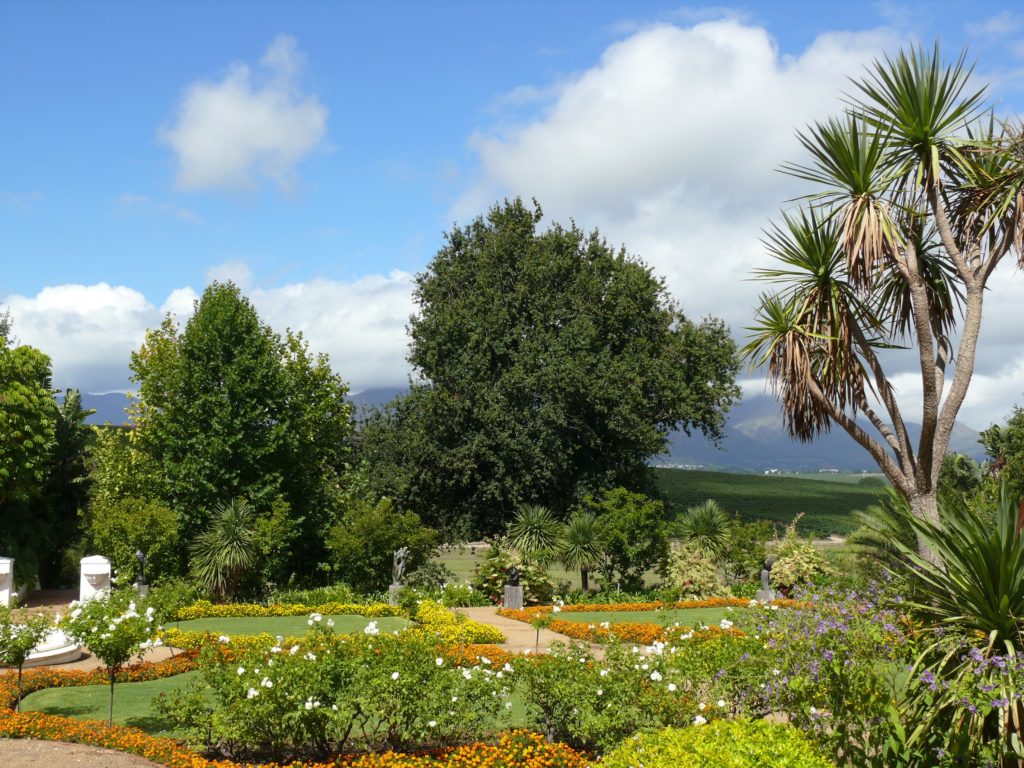
Beautiful surroundings.. 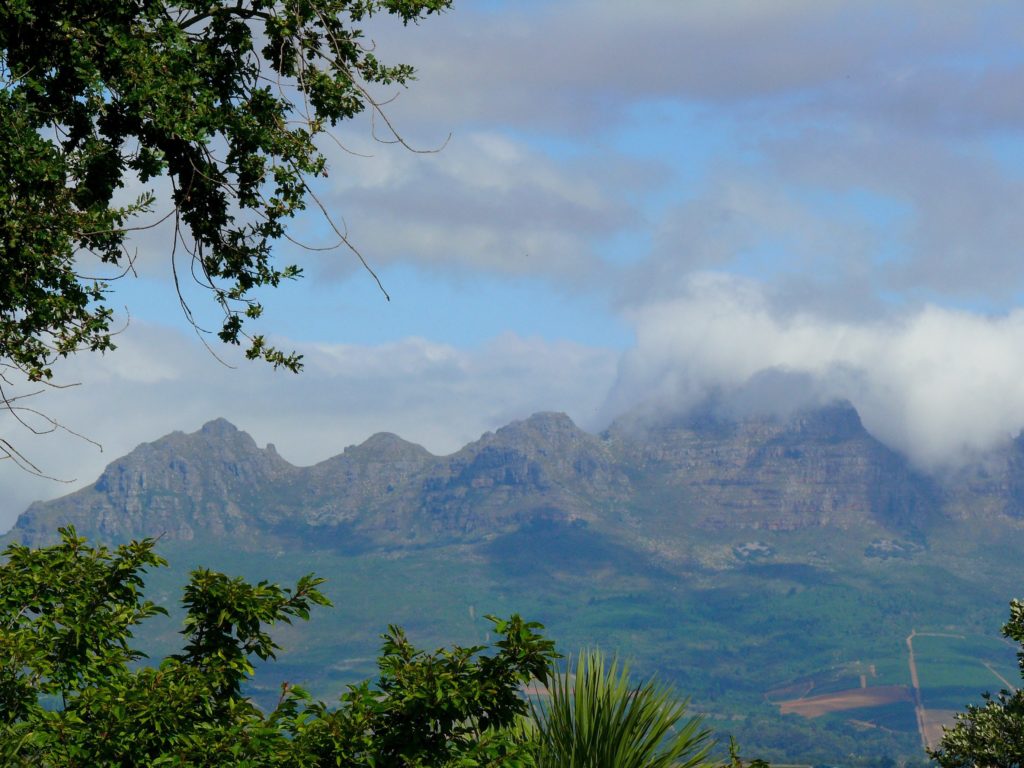
and a stunning view to the mountains
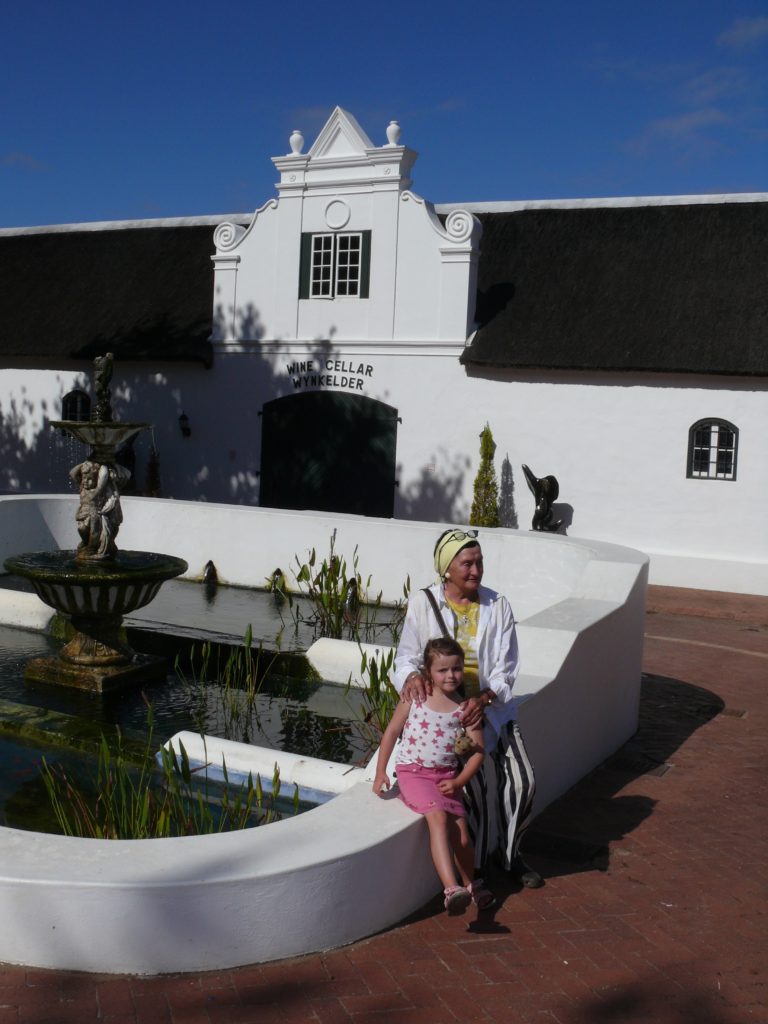
The different grape varietals grown on the farm are:
Red: Pinotage, Cabernet Sauvignon, Merlot, Cabernet Franc, Malbec, Petit Verdot, Shiraz
White: Gewürztraminer, Chardonnay, Sauvignon Blanc, Viognier, Weisser Riesling, Chenin Blanc
***
Two days later we were staying at a wine estate – which we booked though a travel agency in Cape Town. The Zevemwacht is also situated on the Stellenbosch Wine Route

ZEVENWACHT
Zevenwacht Wine Estate is about 18km from Stellenbosch and situated on a hillside with panoramic views of Table Mountain, Table Bay and False Bay. The name “Zevenwacht”, derived from the Dutch “Seven Expectations,” is a modern wine farm with a 300-year history.
A family owned and managed Estate, the current owners, Harold and Denise Johnson purchased the farm in 1992, and have committed themselves to a programme of development to realise Zevenwacht’s rich potential beyond wine production. The estate has a strong commitment to historic and cultural preservation, as well as the active socio-economic upliftment of its workers and their families.
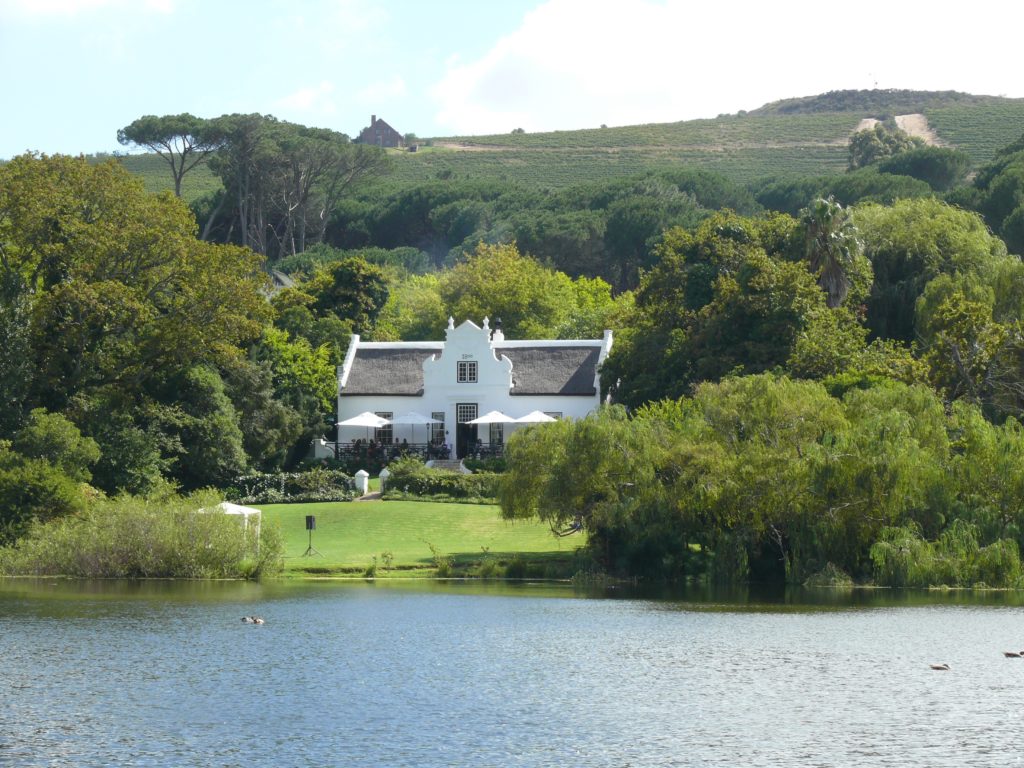
We stayed at the Country Inn in the heart of Zevenwacht´s beautiful vineyards. Had a luxuriously spacious suite, with a private terrace and fantastic view of Table Moutain and False Bay.
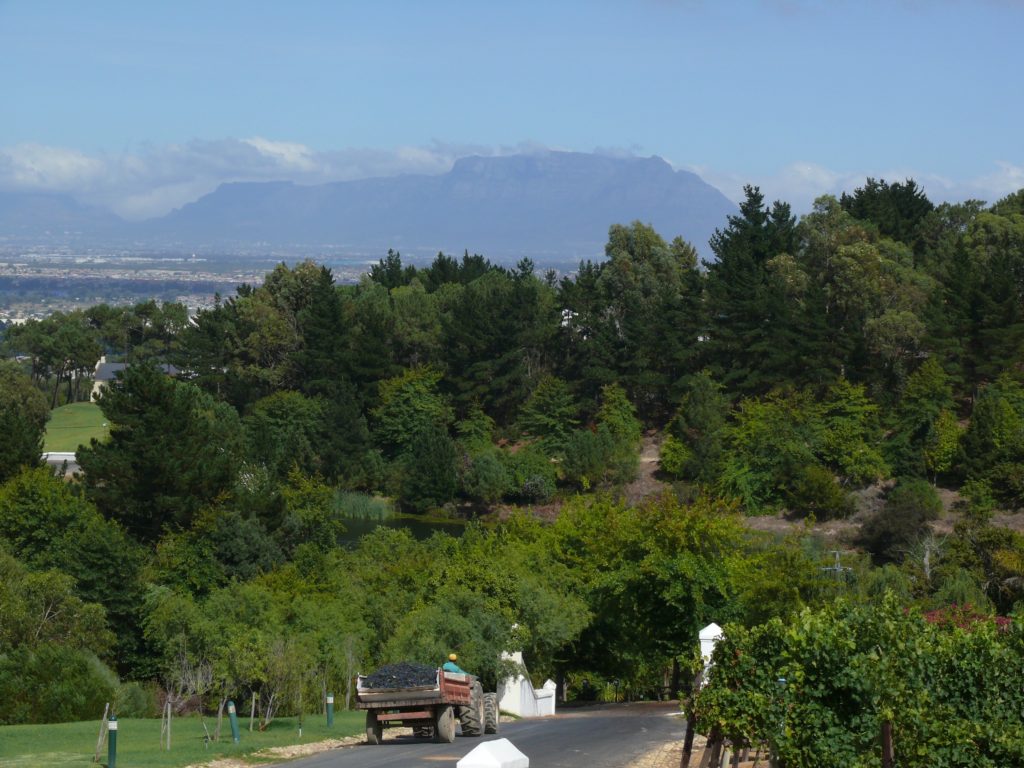
Facilities include a club house, swimming pool, tennis court and sauna.
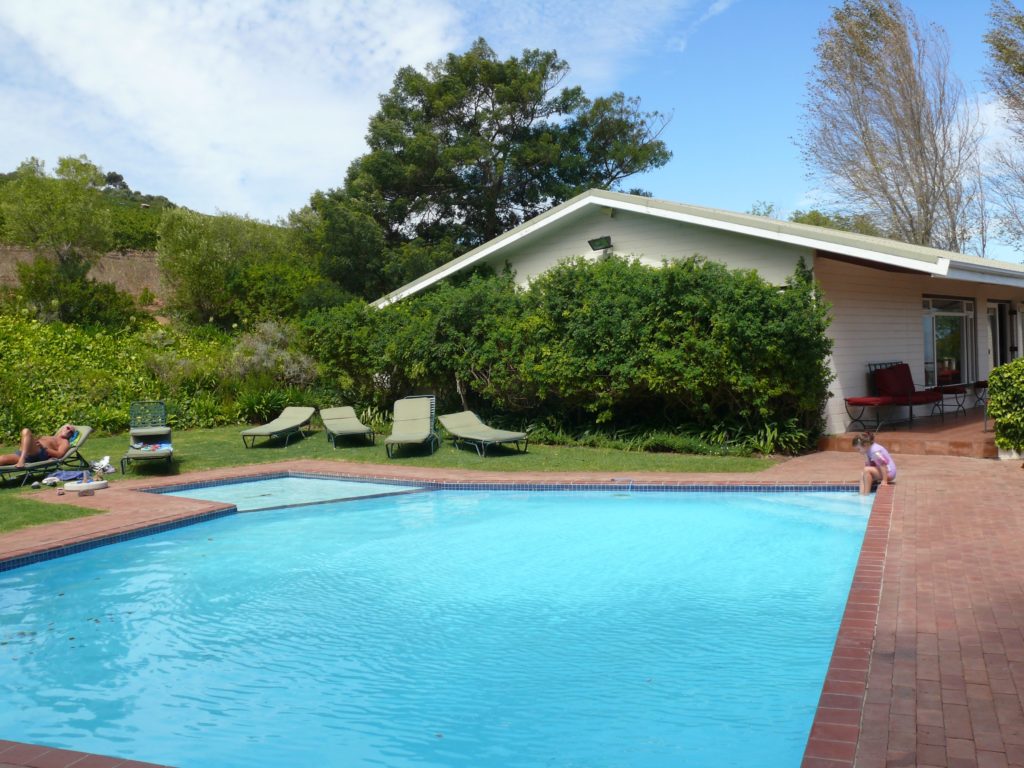
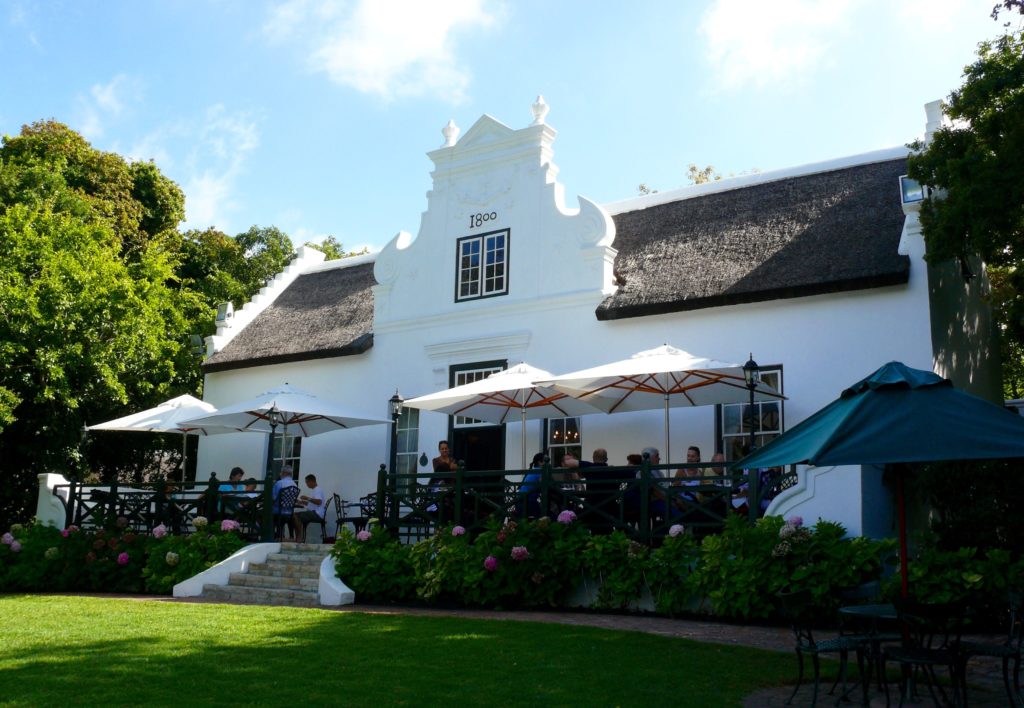
We had wine tasting within sight of the barrel cellar in which they were produced and matured.
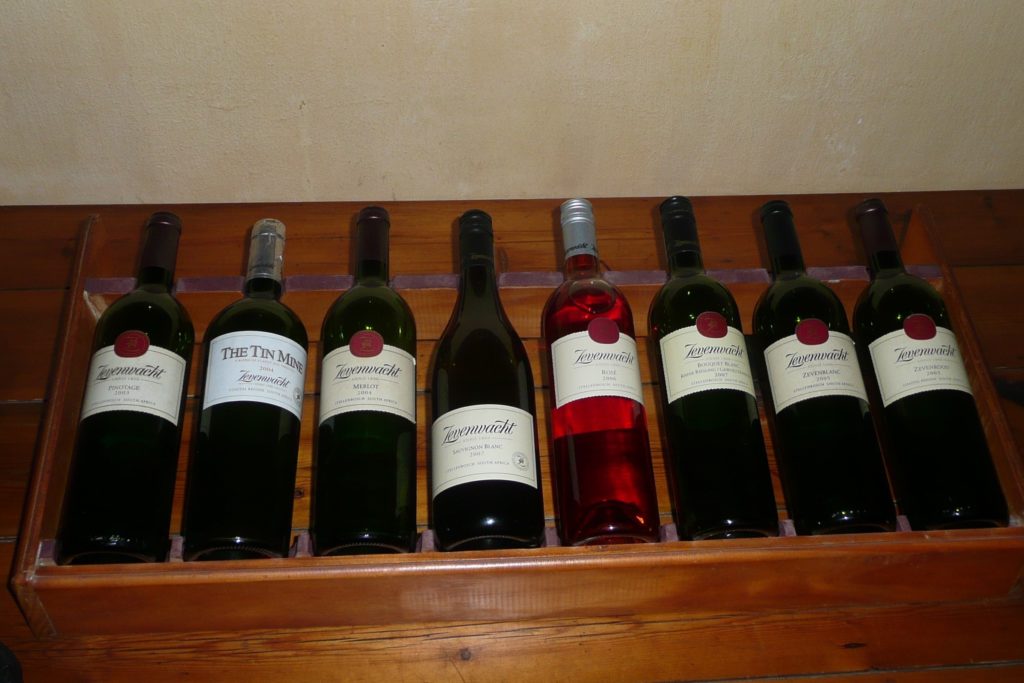
Pinotage, The Tin Mine (very good blend of Shiraz /Grenache/Mourvedre), Merlot, Savignon Blanc, Rose, Bouquet Blanc (Riesling /Gewurztraminer), Zevenblanc (Sauvignon Blanc/ Chenin Blanc) , Zevenrood (Red blend)
The Zevenwacht range of wines (2019) includes Chenin Blanc, Pinotage, Sauvignon Blanc, Merlot, Cabernet Sauvignon and Syrah.
Views from above the Winery, Table Mountain in the background:
Follow us to:
